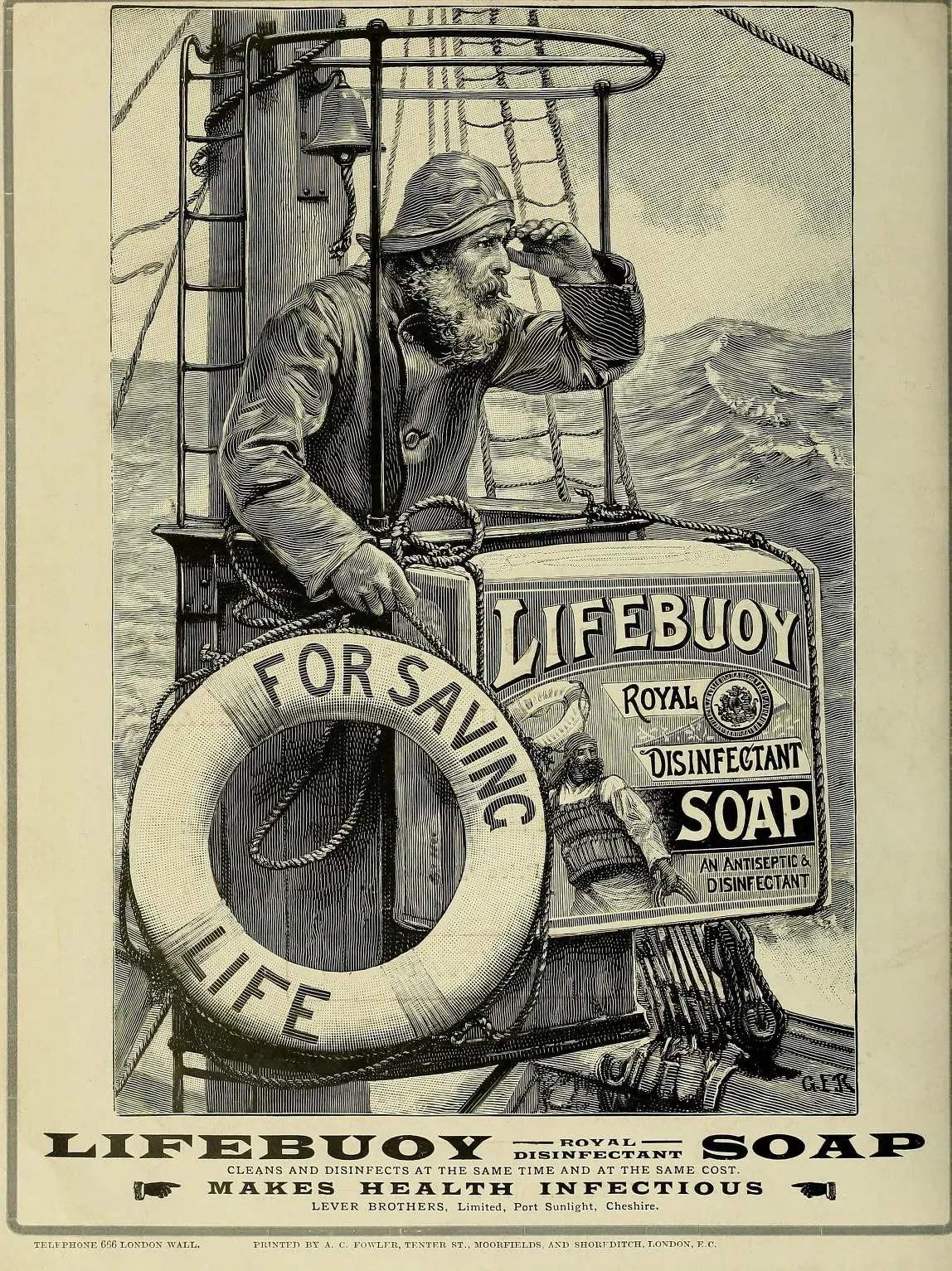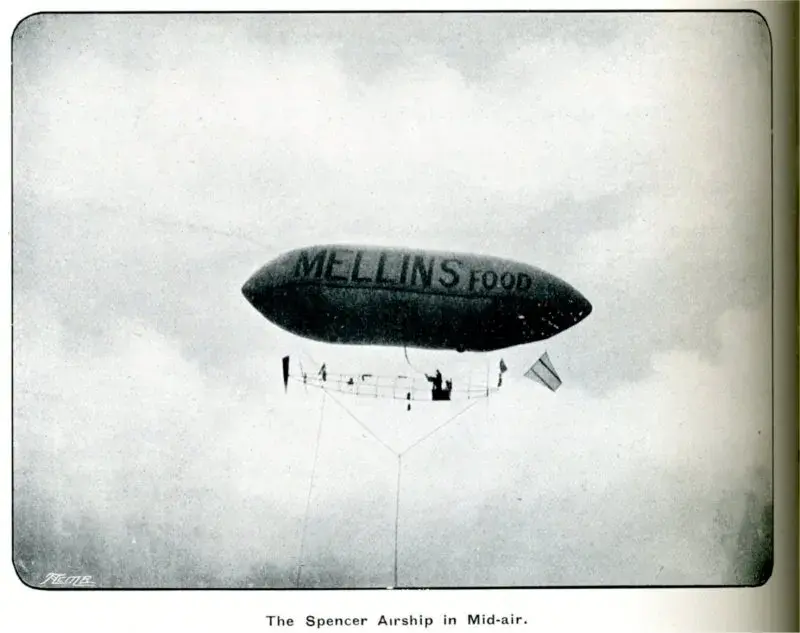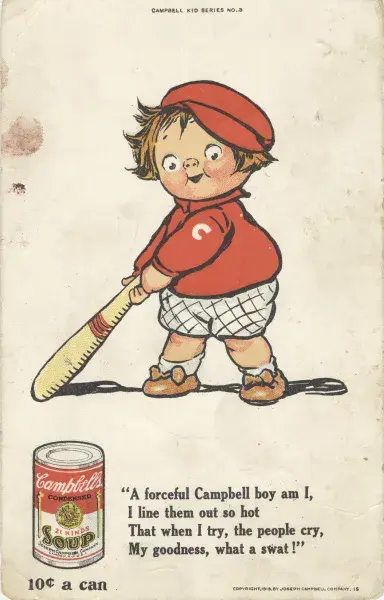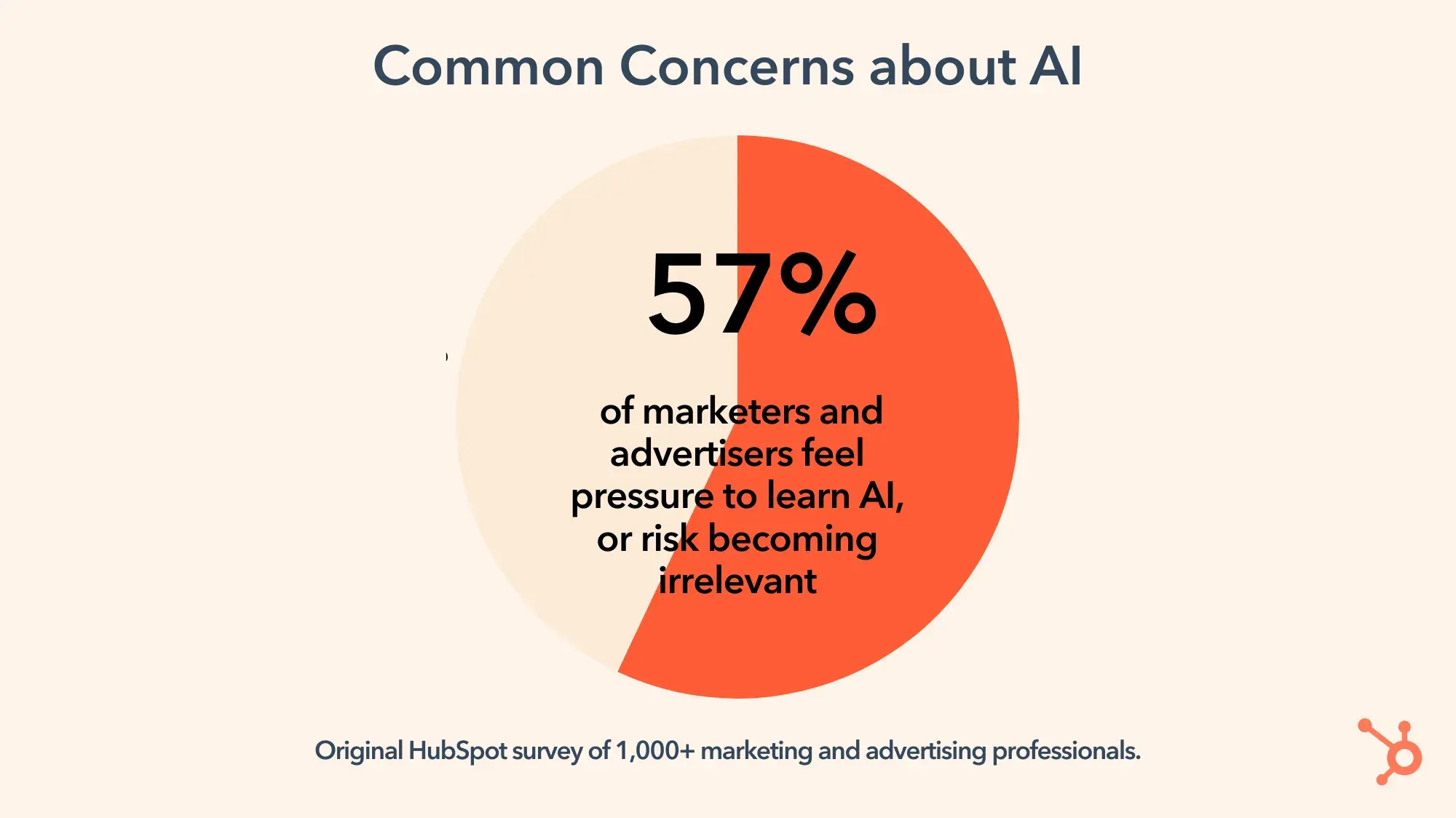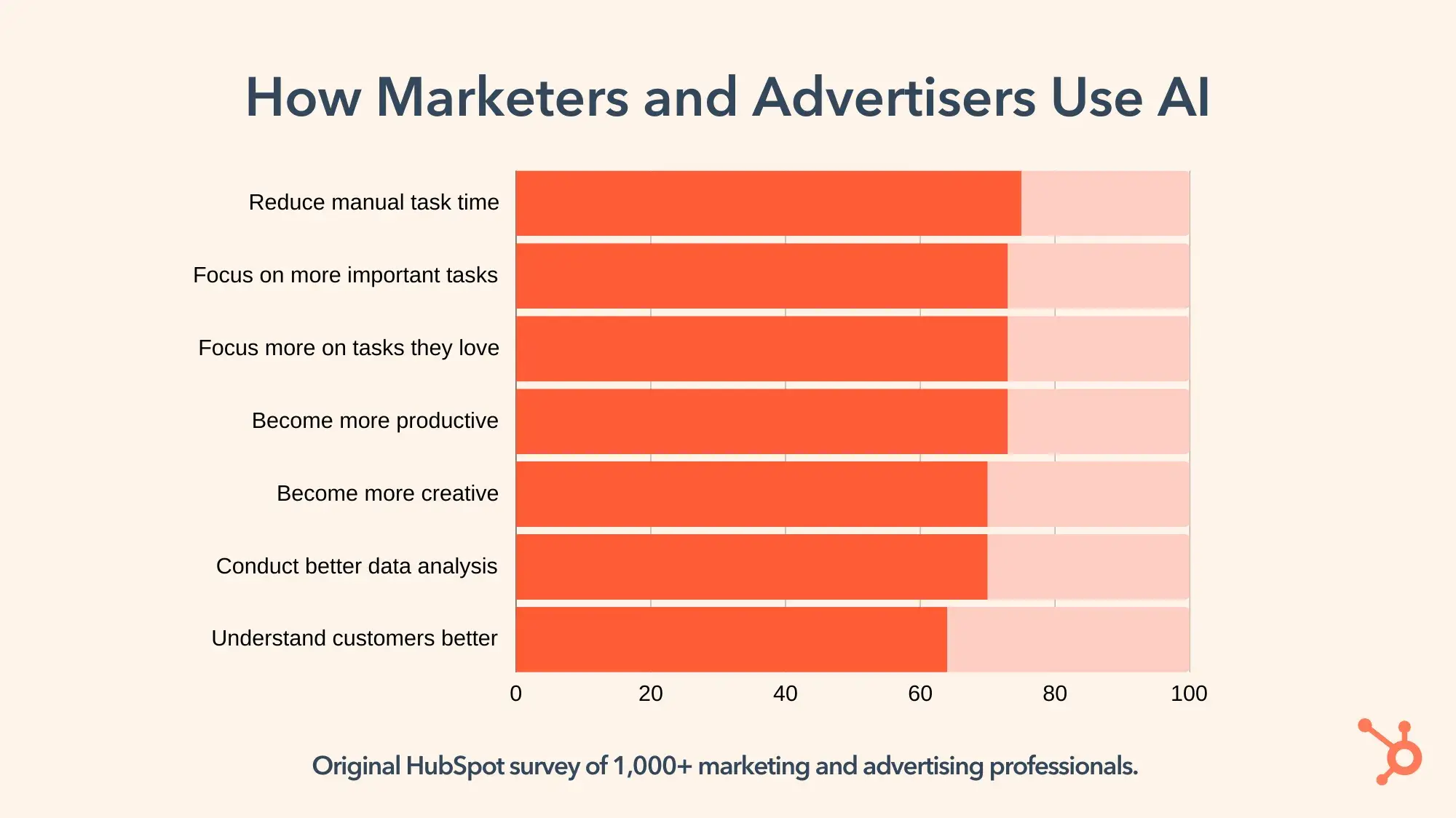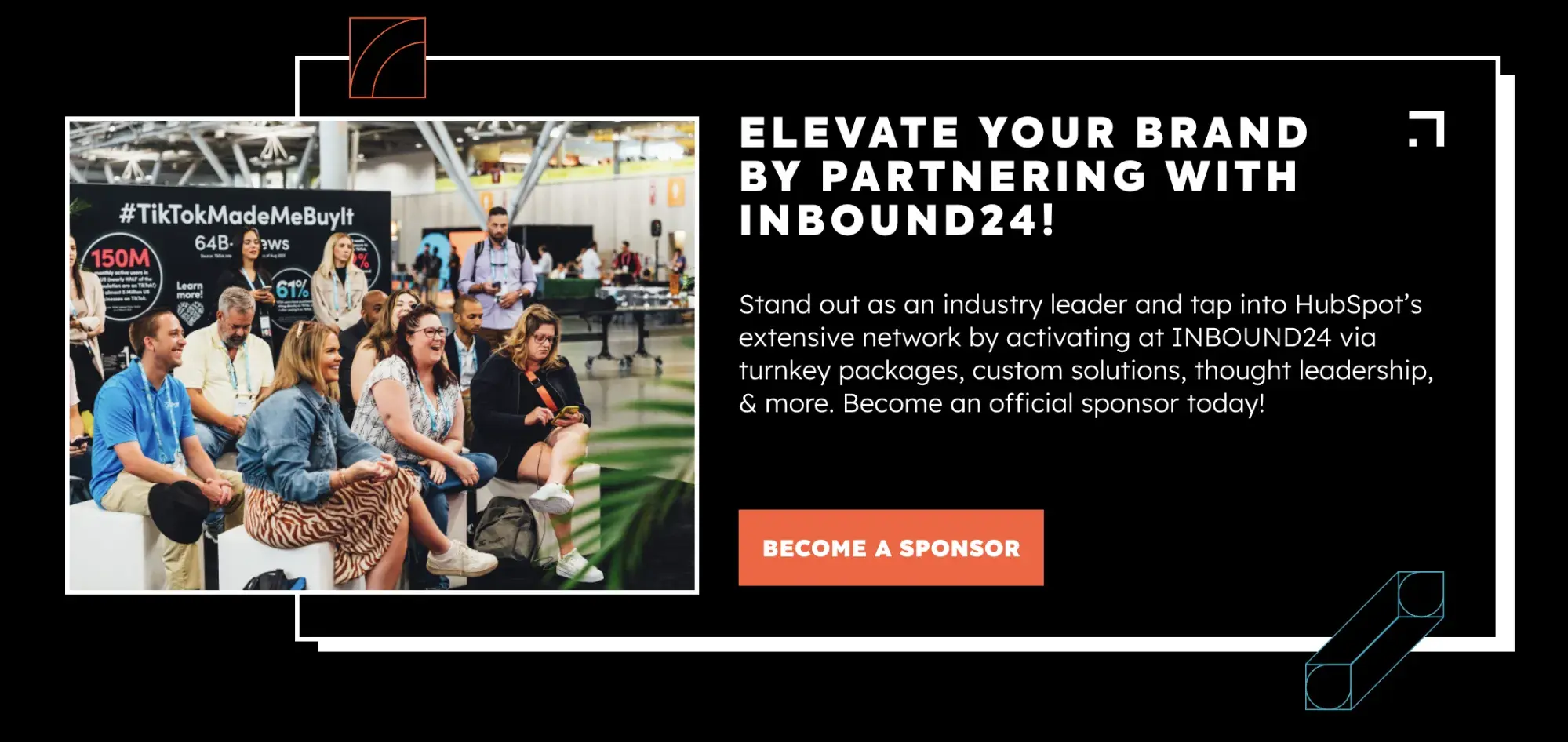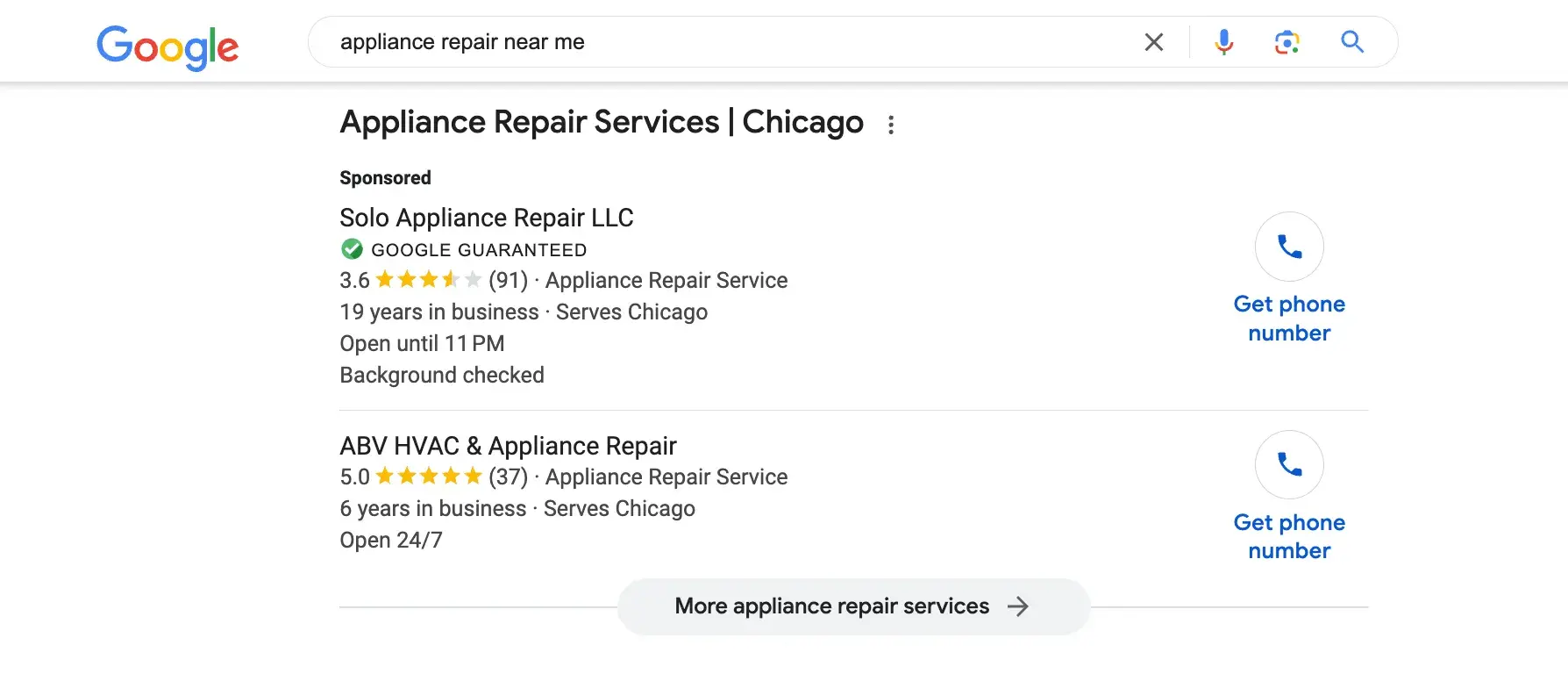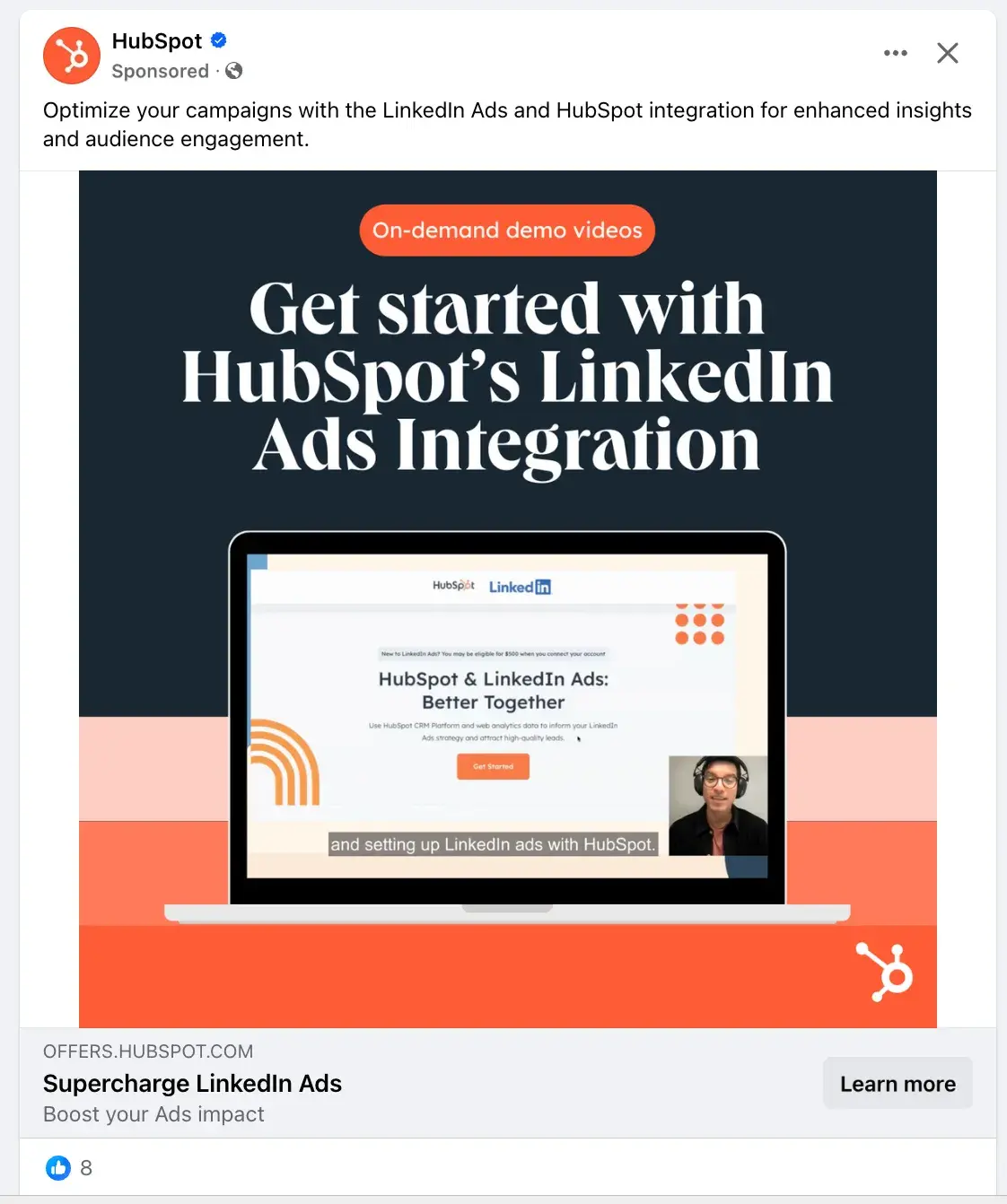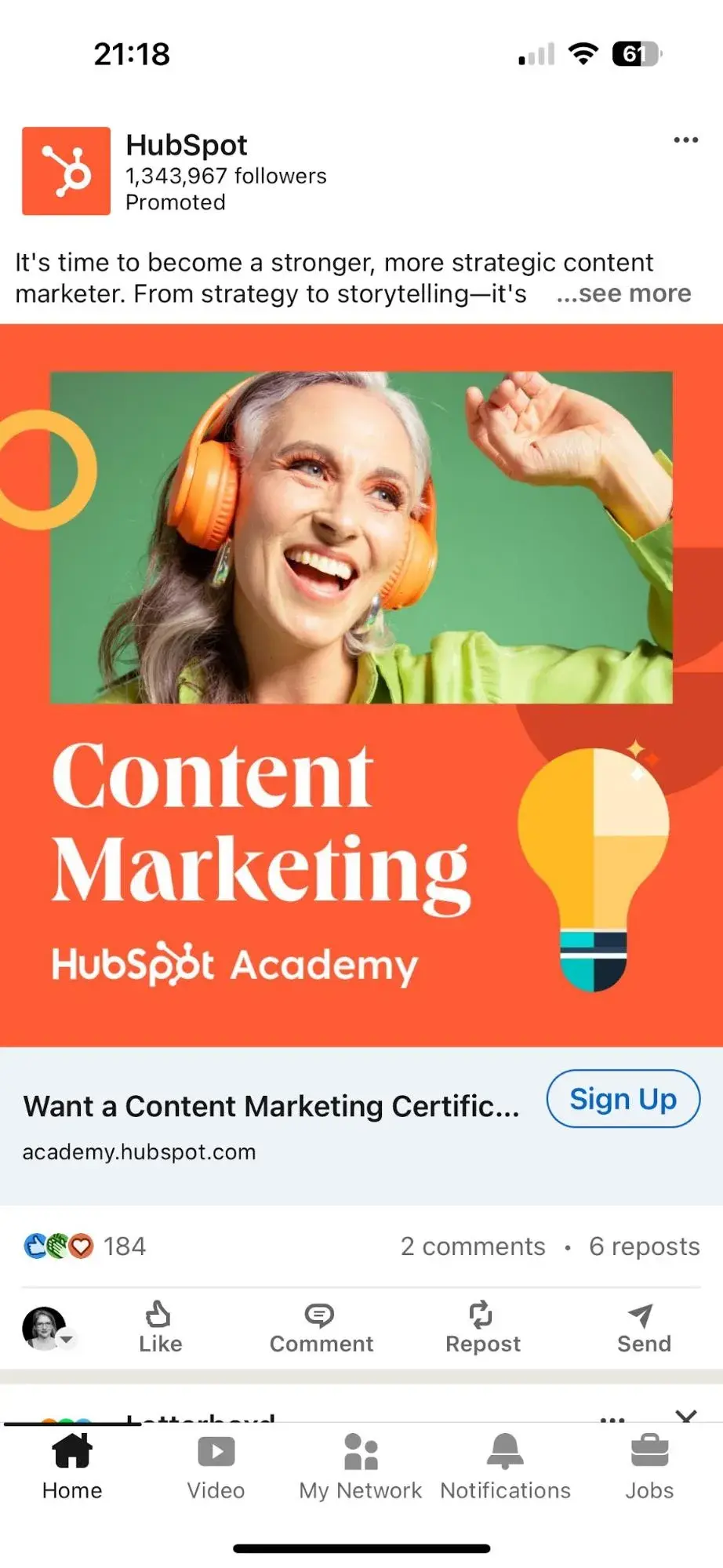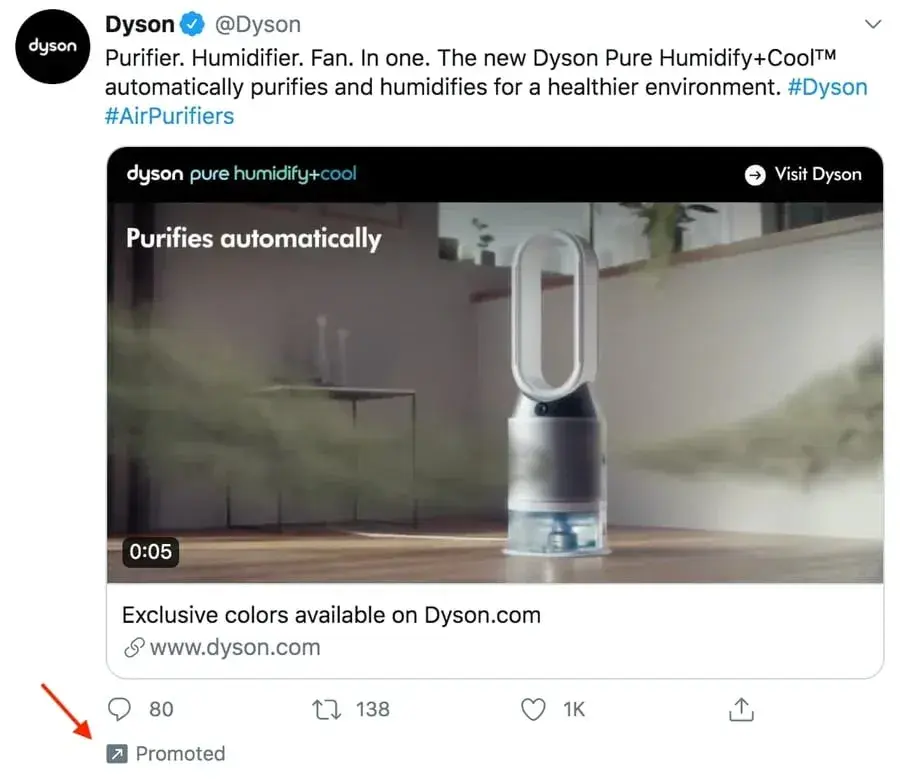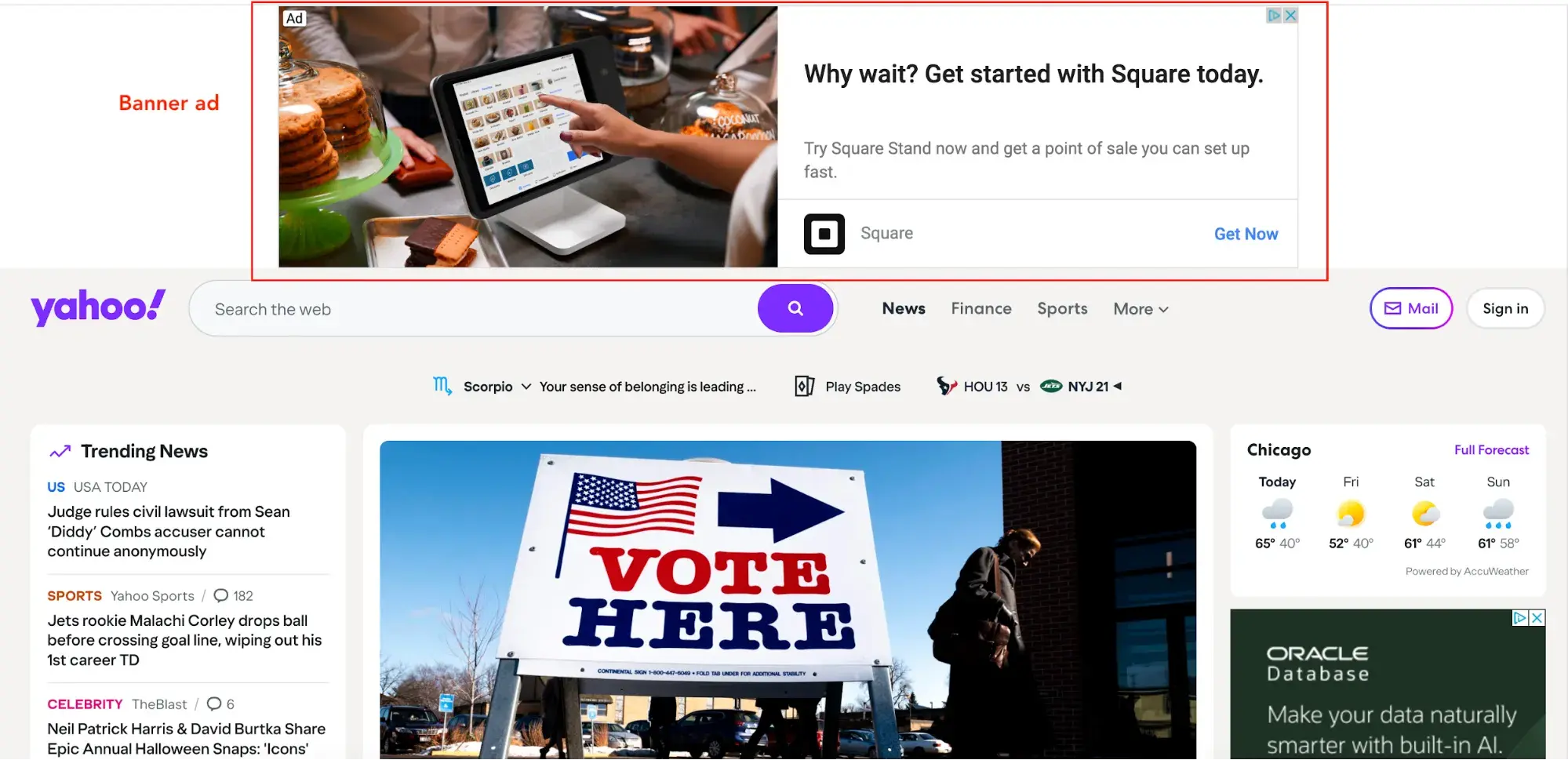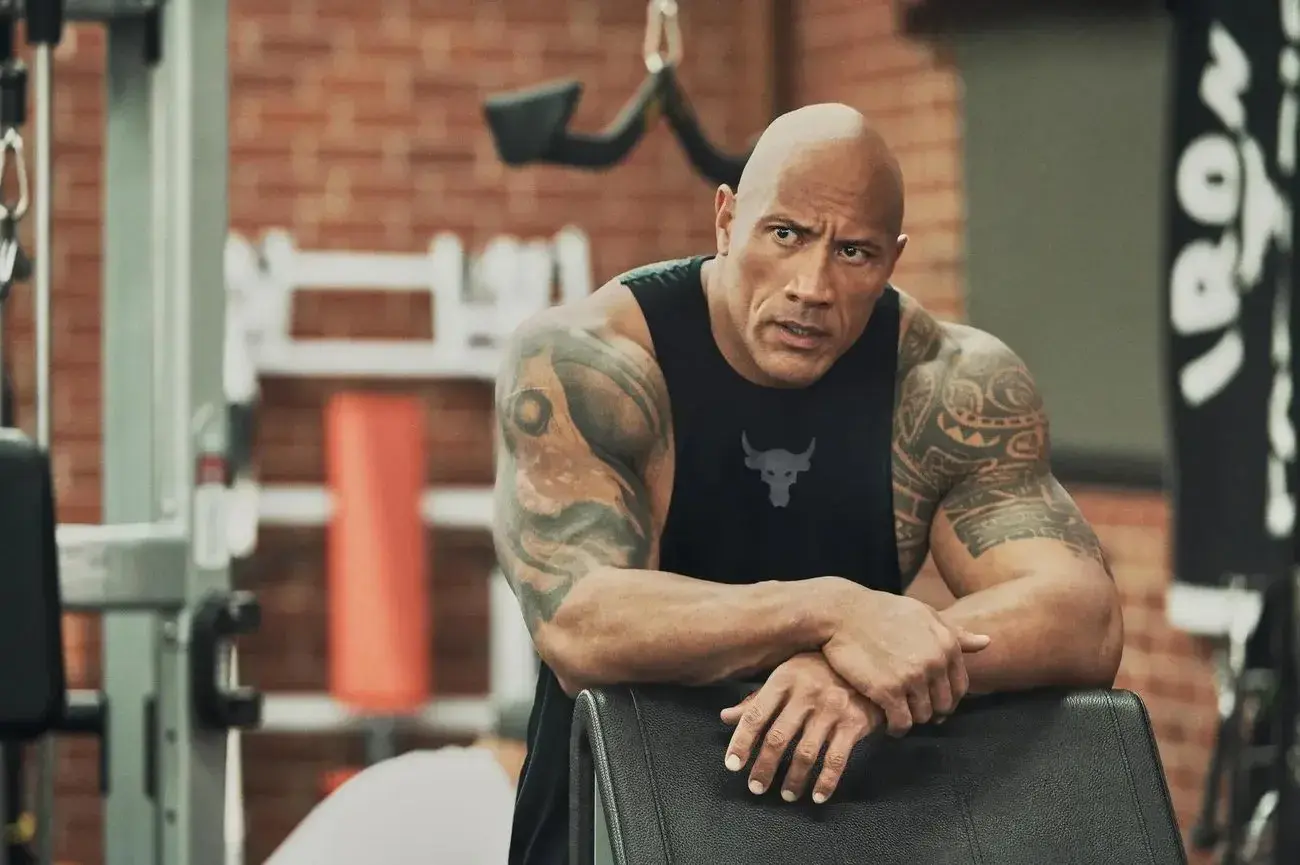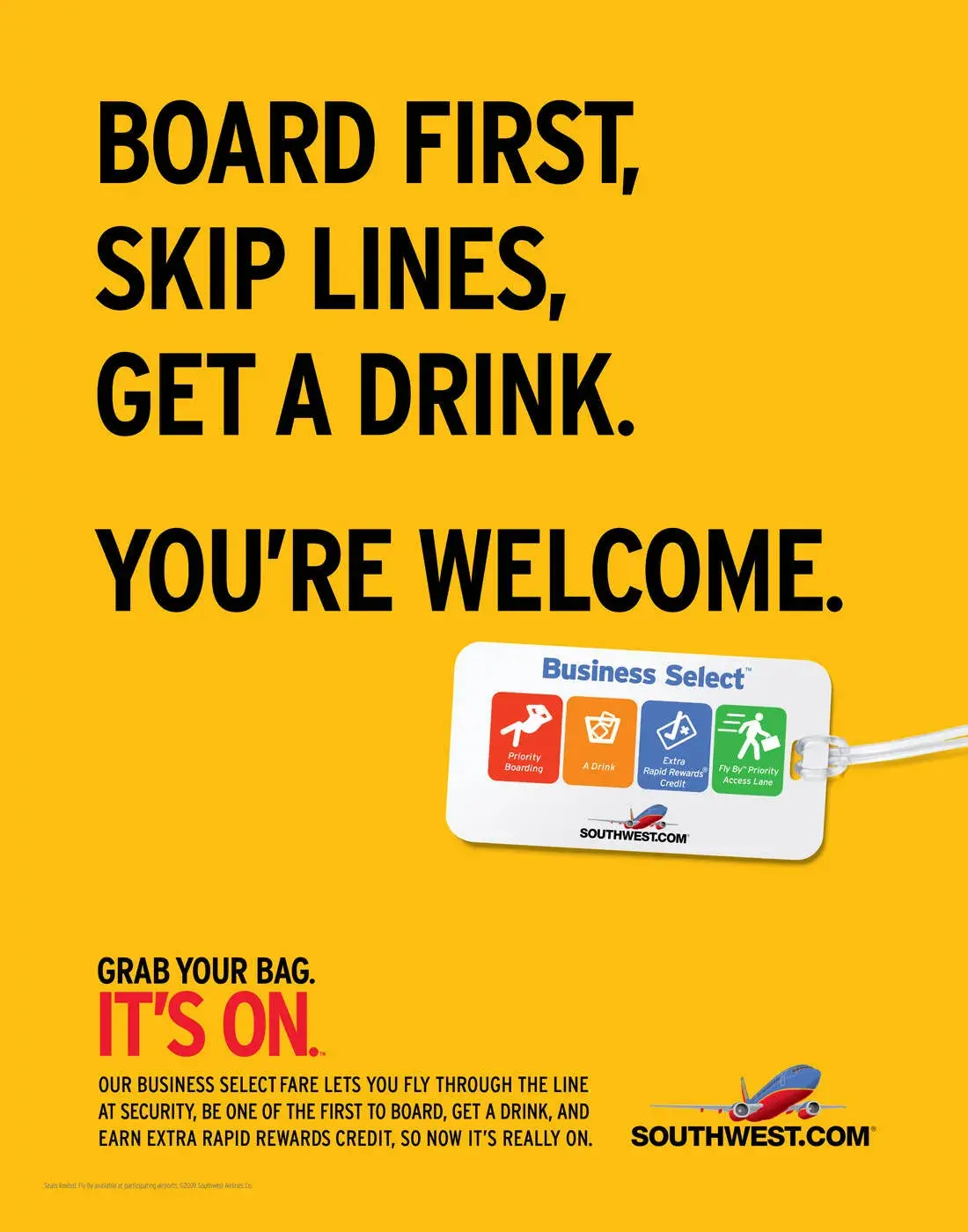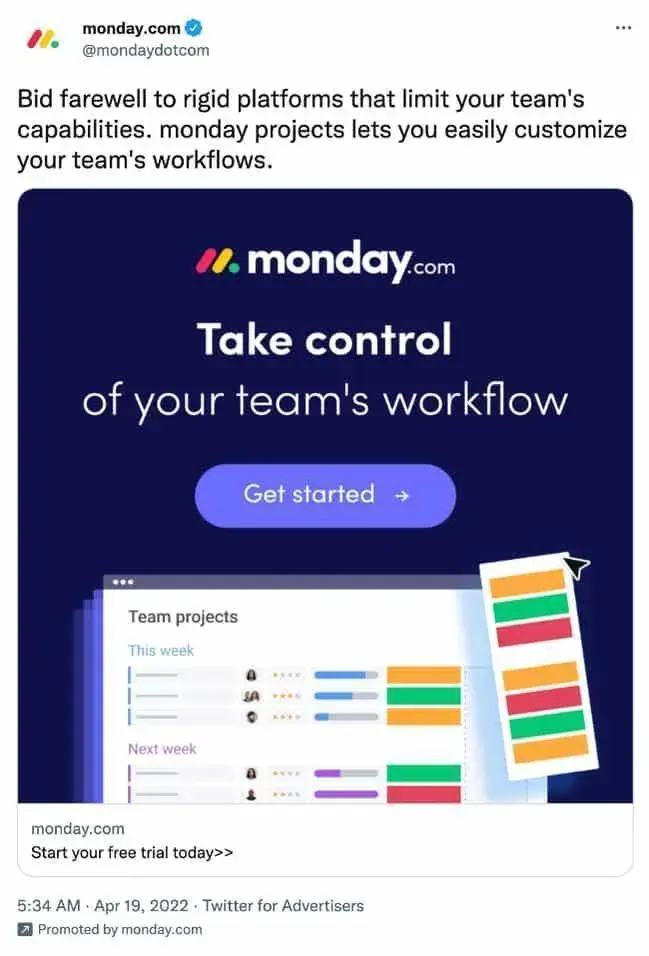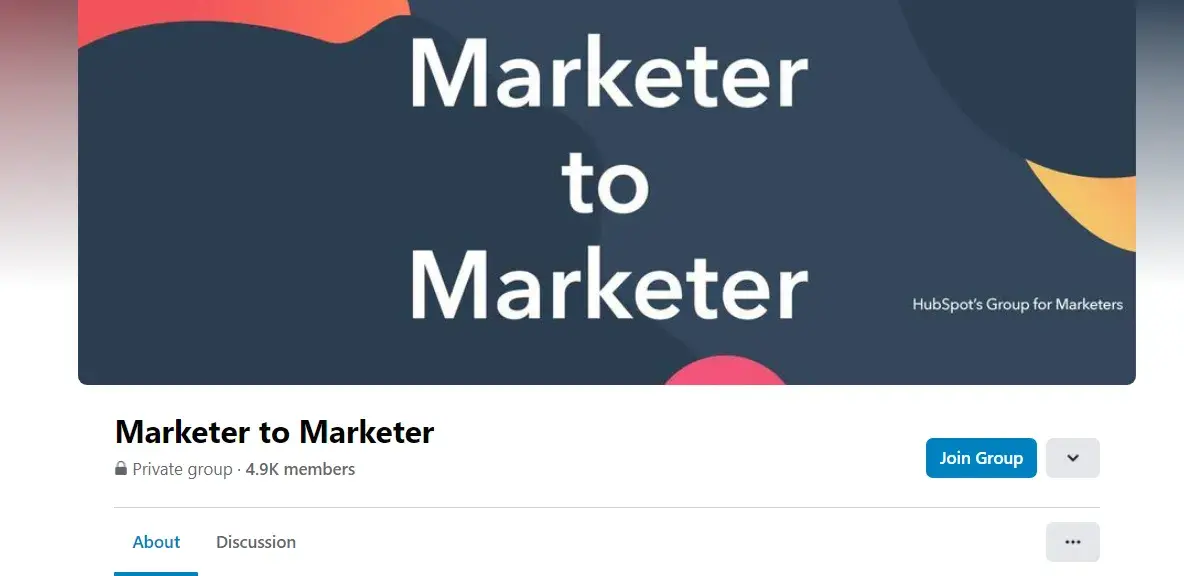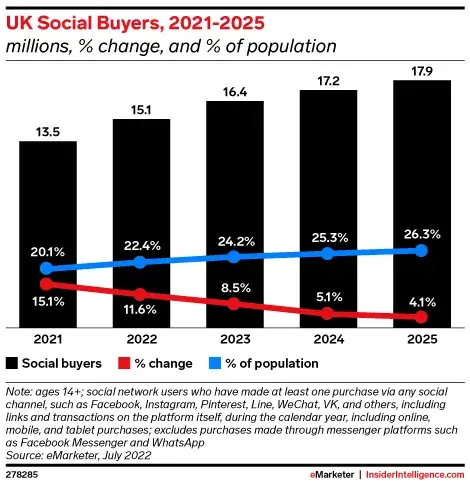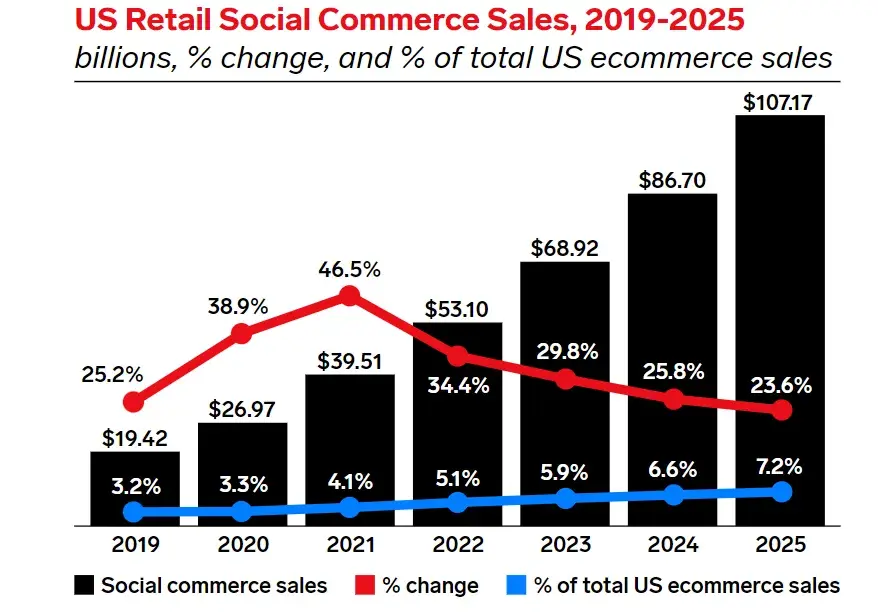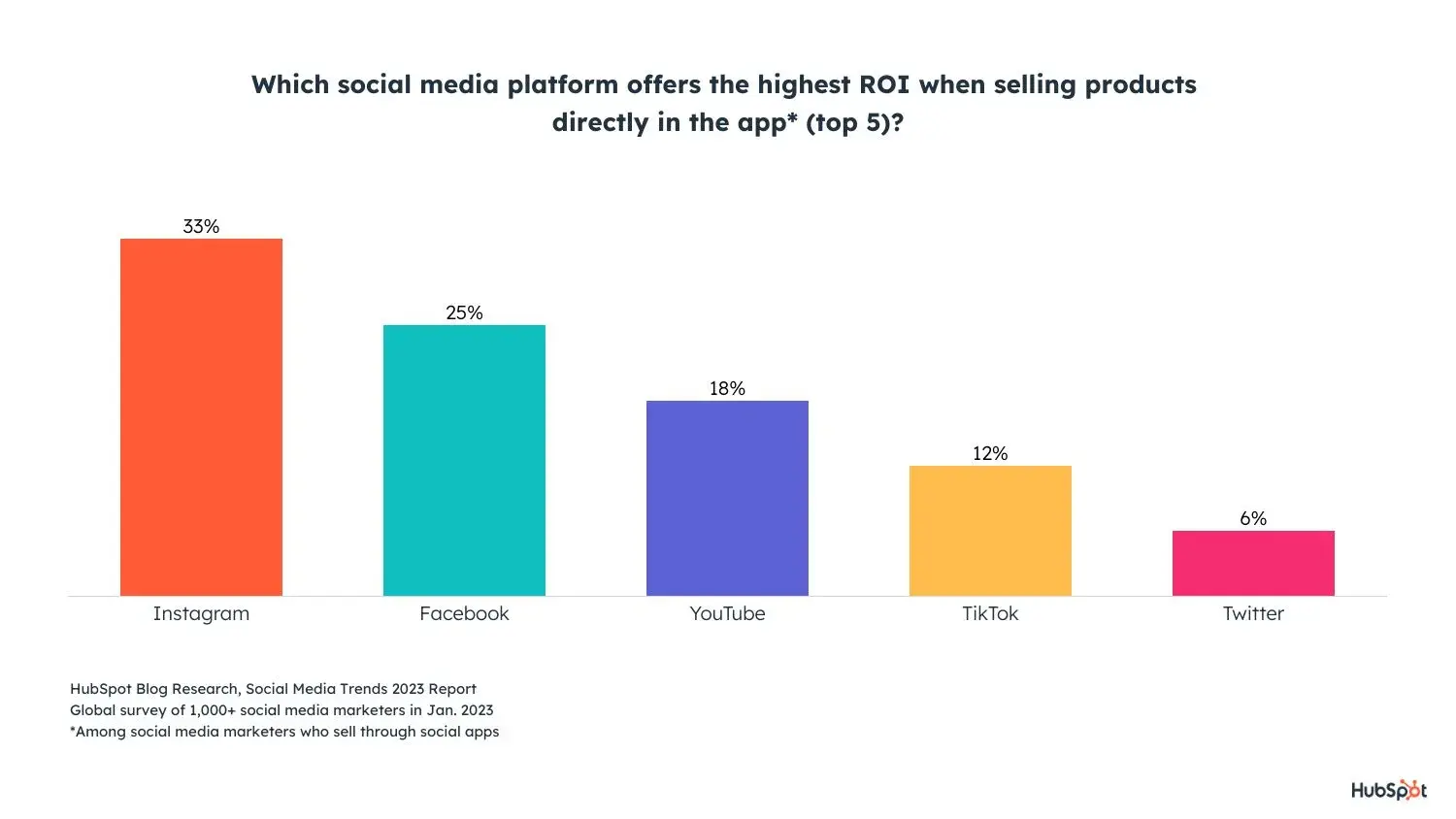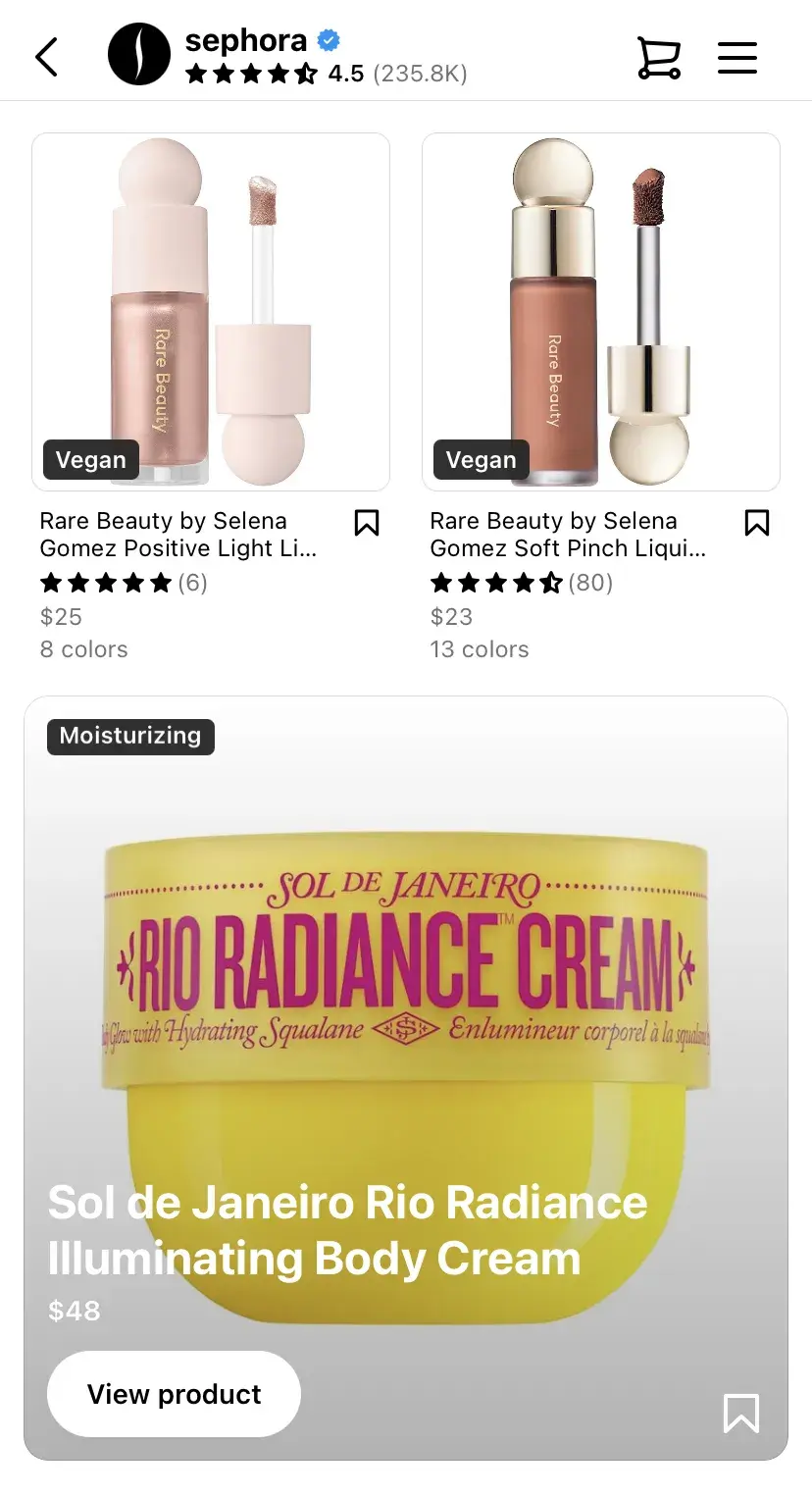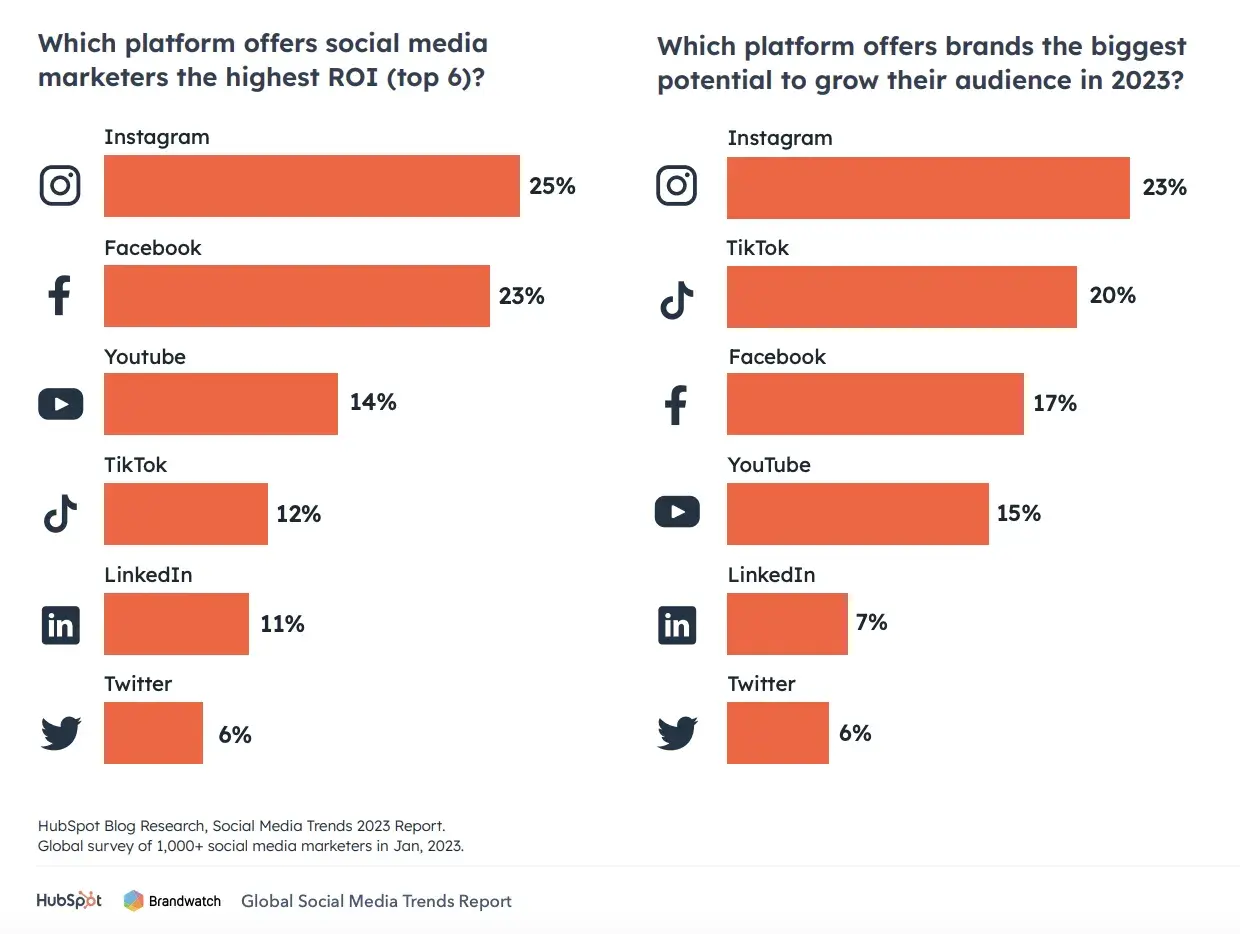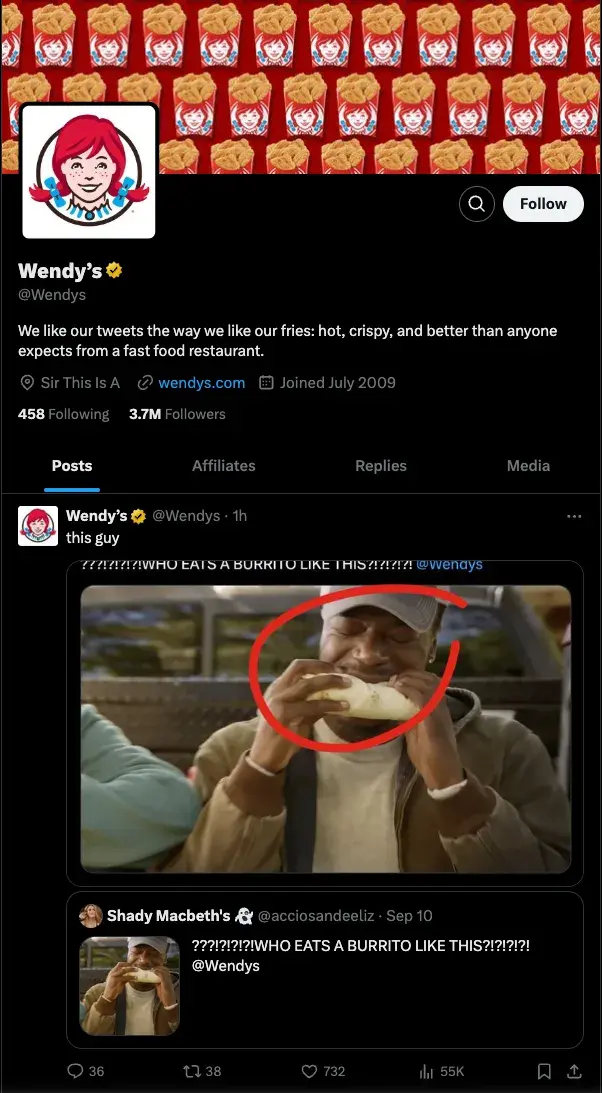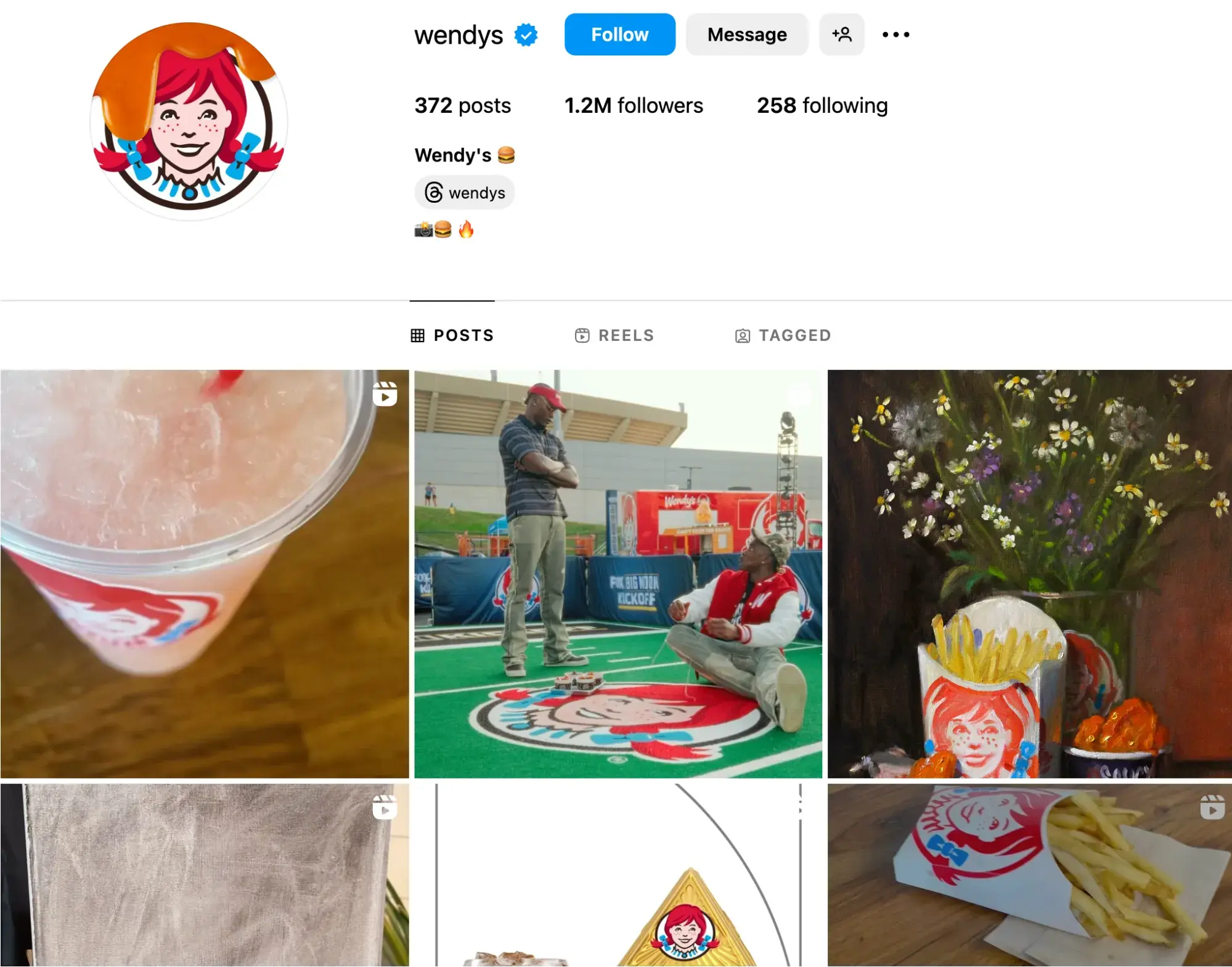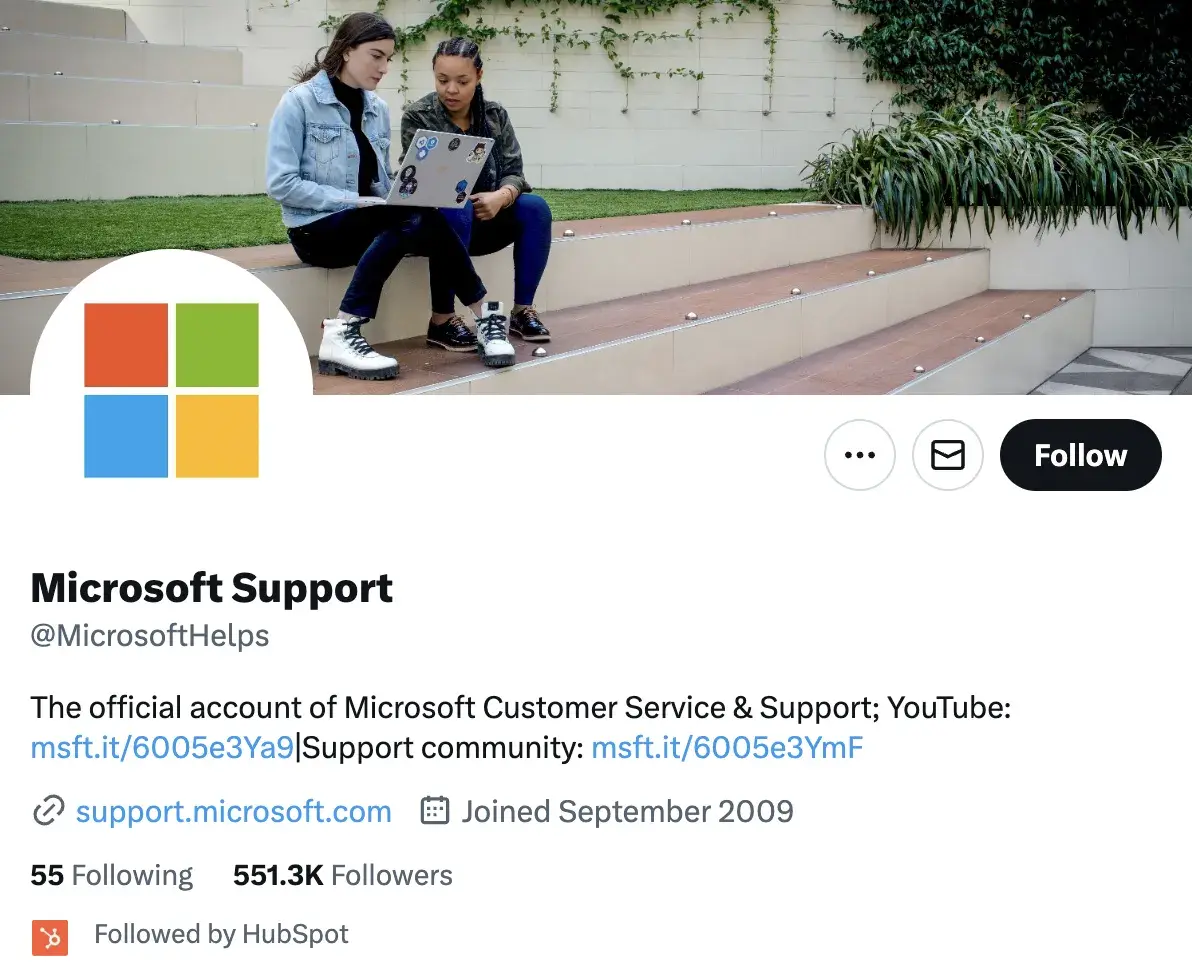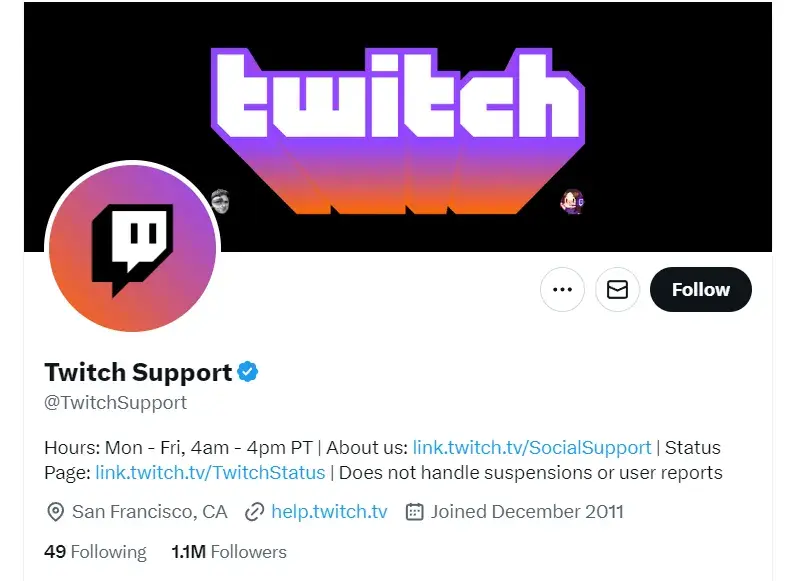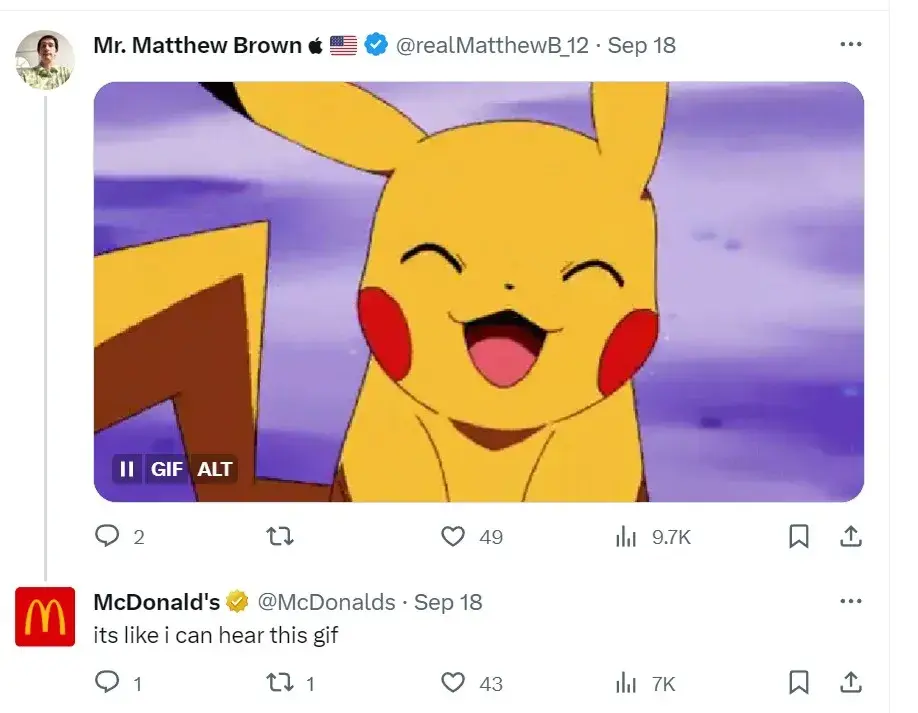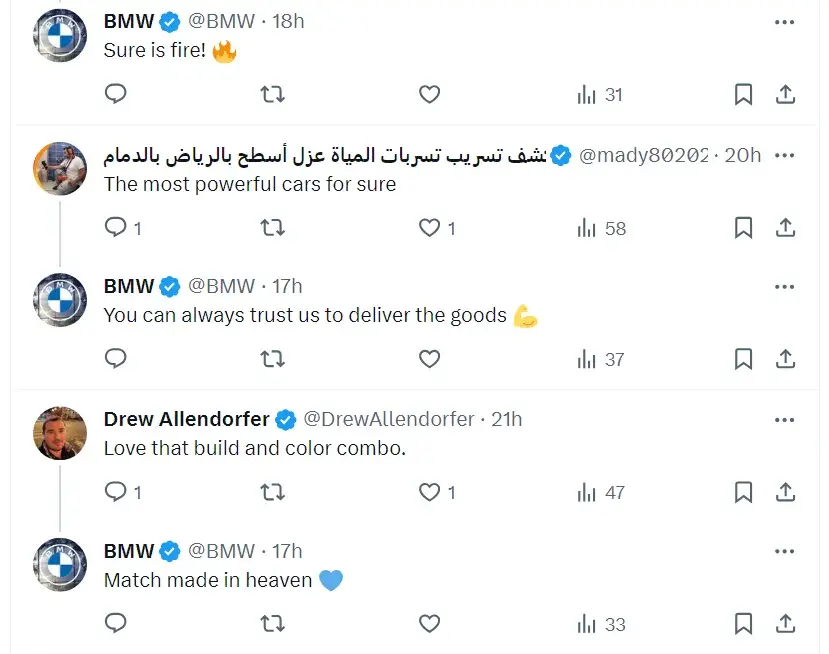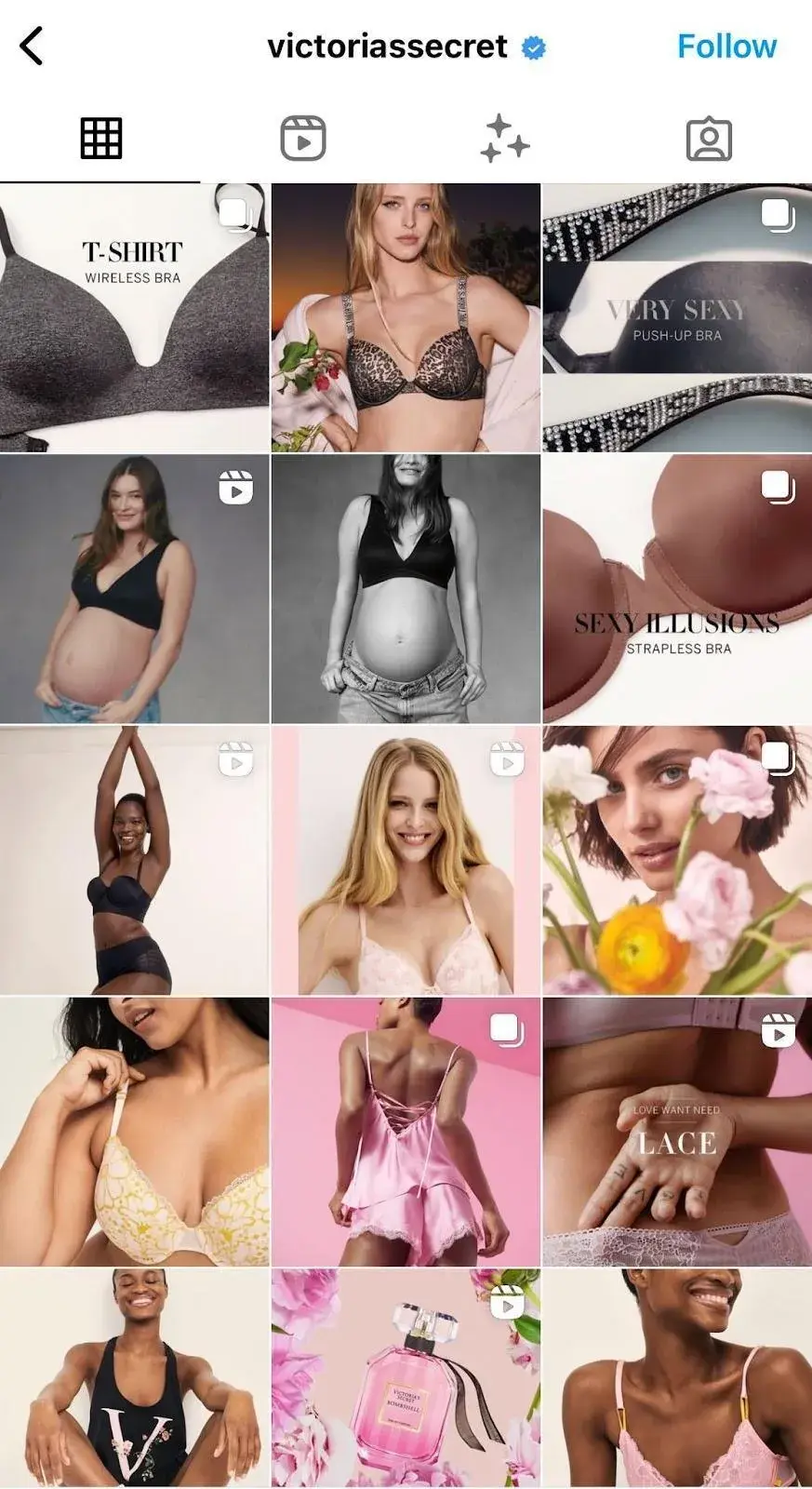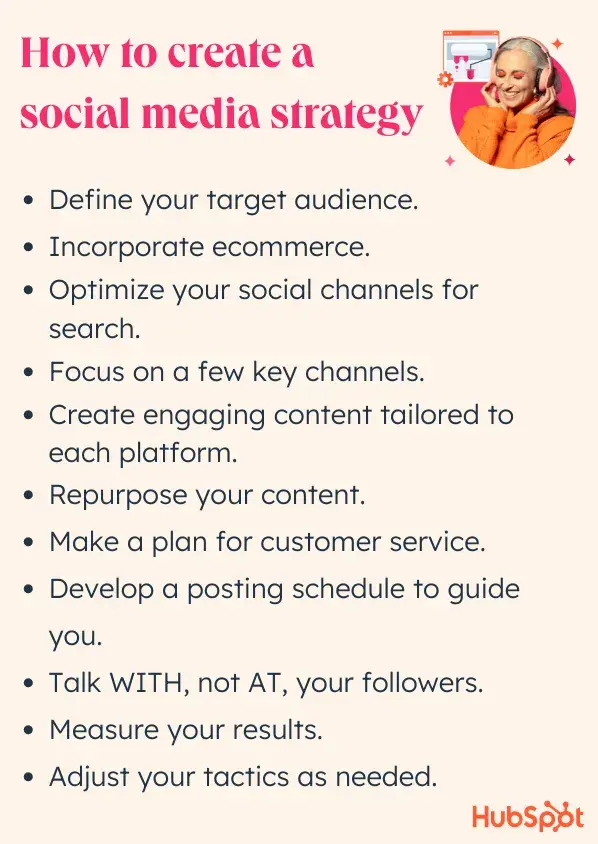Coming up with effective lead generation ideas is tough — and I’m the world’s worst at putting off this aspect of my marketing strategy.
Sending cold emails and scraping together lists for lead generation can be difficult because — let‘s face it — often, people don’t want to take the time out of their schedules to talk.
What if you could reach your lead generation goals using methods that actually add value for your prospects? And what happens when traditional lead generation methods fall flat due to internal or external circumstances?
This lead generation utopia I'm describing is a possibility. To walk you through how to achieve this for your business, I’ve asked the experts and detailed several creative methods you can add to your lead generation strategy.
These ideas provide valuable information that helps prospects rather than simply pushing them to make a purchase.
Let's unpack these 21 creative lead generation ideas to spark activity on your content offers, email lists, websites, and conversion rates.
And for more on lead generation, you can explore all of HubSpot's free lead generation content and resources in one place.
Social Media Lead Generation
1. Partner with influencers.
One of the quickest ways to gain traction and drum up new leads is to partner with influencers within your niche.
Influencers have a special way of connecting with their audiences, and when they showcase your brand, you expand your reach to a larger audience.
Pro tip: Nicole Rossi, Marketing Coordinator at Custom Neon, told me partnering with influencers is an effective lead generation idea, but the key is to create landing pages relevant to your campaign.
Rossi said, “Partnering with influencers has also been an incredibly successful lead-generation tool for us. Influencers that share our brand values are partnered with us, and together we develop giveaway campaigns or offer special discount codes to their audience. With this approach, we can reach unexplored markets and produce leads through forms or landing sites made specifically for the campaign.”
Networking Lead Generation Ideas
2. Do a LinkedIn audit.
If LinkedIn is your jam, you could be sitting on an untapped market — your connections.
Melissa Lohrer, Founder at Waverly Ave Consulting, said, “Sometimes, your next best opportunity is already in front of you. Audit your existing LinkedIn connections — there are likely untapped opportunities sitting directly in your network. Growth isn’t always about bringing in new people but nurturing who’s already in your corner and leveraging those relationships to create momentum. This is your fastest path to conversion.”
3. Schedule coffee chats.
When it comes down to it, gaining a qualified lead starts with connecting on a human level. No-strings-attached networking is a great way to connect with members of your audience, build meaningful relationships, and begin a slow (but warm!) conversion.
Erin Pennings, a copywriter and marketing strategist, told me coffee chats are her favorite way to connect with your target audience.
Pennings said, “In my experience, the number one lead gen strategy is building relationships with other people. It‘s not networking in the traditional sense of the word, but simply about making connections. It’s not usually a fast-burn strategy because human connections take time, but it's a great way to create an effective referral network.
“I love reaching out to people to schedule no-pitch coffee chats where the primary goal is getting to know people — and I always ask them who I can connect them with or who would be a good referral for them, and they generally reciprocate. Often I can make connections right away to support them, and then when I need to get contracts or work at the door, I know I can reach out to see if they know anyone I know.”
4. Use customer reviews in your pop-ups.
Want to build trust and brag about your clout? Consider showing off your customer reviews. Visitors lurking on your website want to know what real customers think of your product or service before they, too, take the plunge.
That’s why Johannes Karjula, CEO at Trustmary.com, uses a customer review pop-up to drive conversions.
Karjula said, “The best strategy to generate leads is to use an exit-intent popup that features customer reviews and an offer or discount code. These work especially well if someone is very close to converting: either buying or booking a meeting. If they're about to leave, throwing social proof to their faces is great in proving that they actually need the product or service in question.”
Content Marketing Lead Generation
5. Create valuable content (blog posts, podcasts).
Your audience wants content, whether that’s a blog post, a podcast, or a video. That's why I think content marketing remains one of the most effective and recognizable ideas for lead generation strategies.
Roland Jakob, managing partner of BlazeKin Media, says, “The most effective lead generation idea I‘ve encountered is the strategic use of personalized content marketing. In my experience, creating tailored content that speaks directly to your target audience’s pain points and interests is incredibly powerful. I‘ve found that when we develop in-depth blog posts, engaging videos, or insightful podcasts that genuinely address our audience’s needs, we not only attract potential leads but also establish ourselves as trusted authorities in our field — which is what you ultimately want.”
6. Share success secrets from thought leaders.
Want to provide unique value in your content? Reach out to a thought leader in your industry or even your company.
By interviewing an expert to uncover their secrets, you prove to potential customers that you're dedicated to delivering the best advice and insight out there.
Below you‘ll see Groove’s take on this approach through an interview with the CEO of The Foundation, Andy Drish.
The folks at Groove frequently interview successful founders and ask very specific questions from which everyone can learn something. Then, Groove shares those interviews with audience members on its blog.
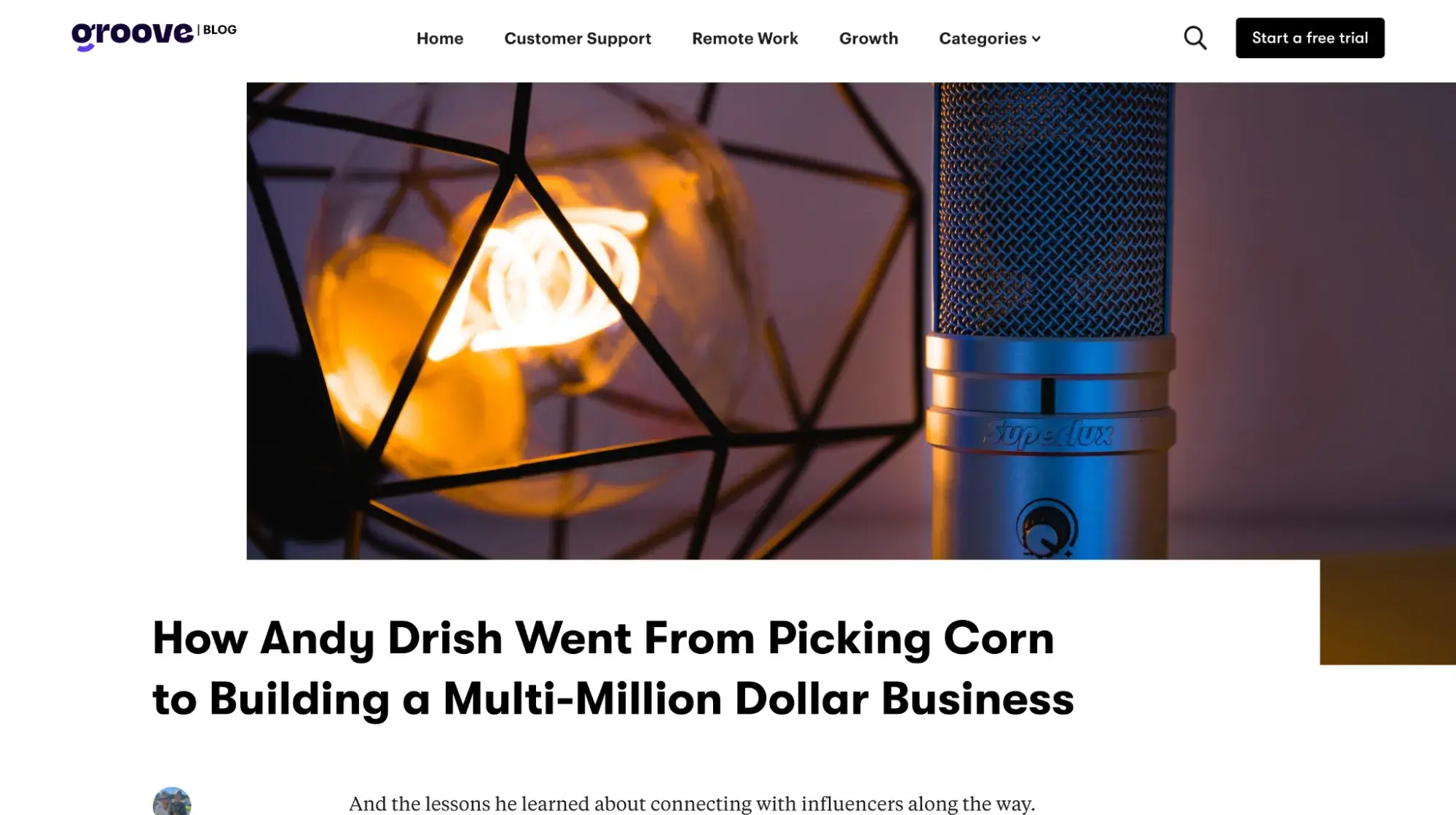
Not only is the interview with Drish chock-full of quotes, lessons, and actionable takeaways for entrepreneurs, but it also features an “Ask Me Anything” (AMA) with the interview subject in the comments section.
This touch helps further Groove's reputation as a resource for expert information among its audience.
7. Compile real-life examples with actionable takeaways.
Finding effective examples to learn from can be equally as valuable and difficult. A list of best practices, current trends, or real-life examples in your industry is an excellent way to drive prospects to a guide or offer where they can opt-in.
The Content Marketing Institute knows this and makes a point to share current content marketing trends every year in a blog post.
This blog post acts as a resource to inspire site visitors to be successful with their marketing strategies, and, ultimately, search their website for guides and opt-in offers to up their content game.
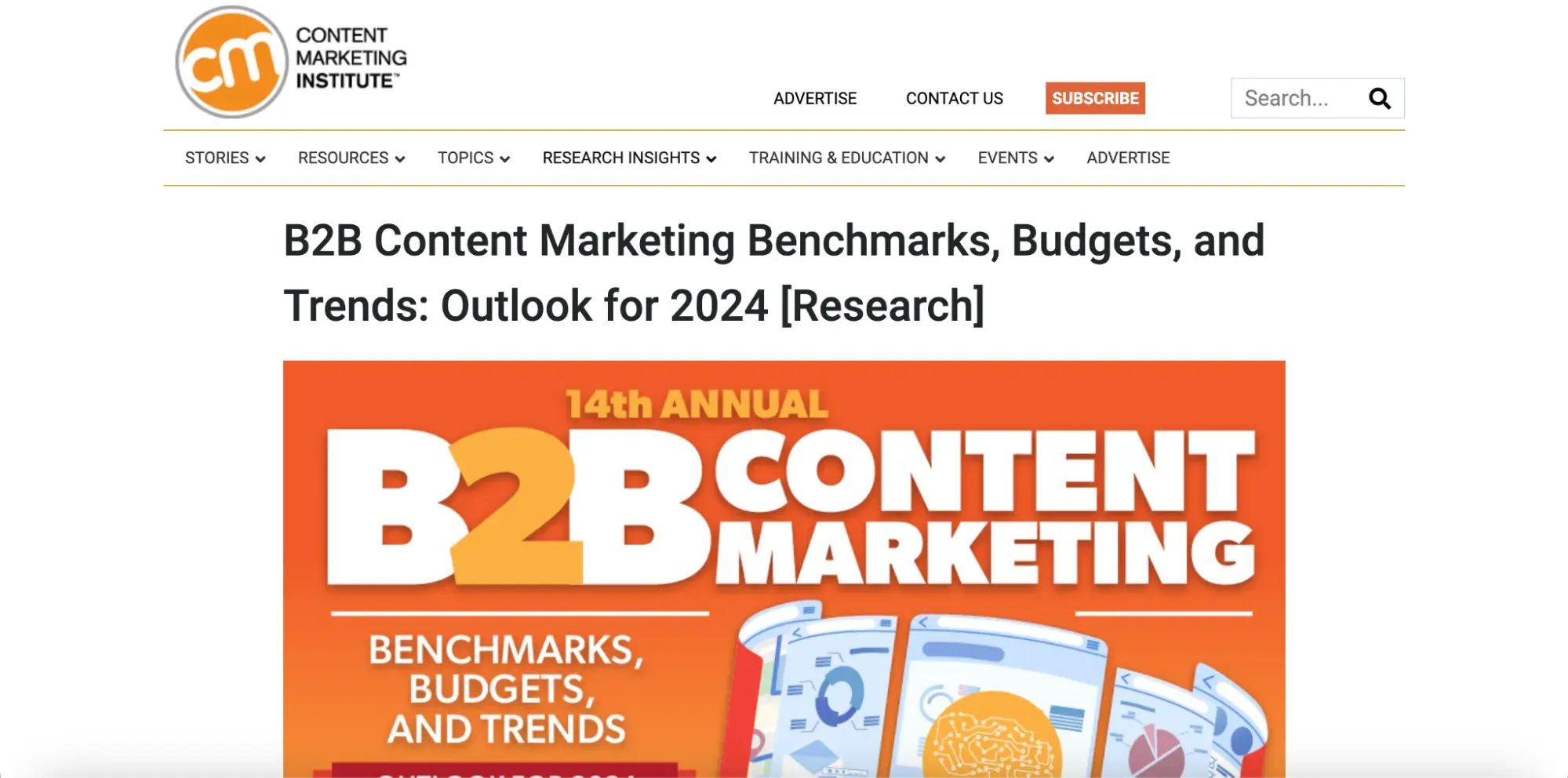
8. Show what’s working for your company.
I can’t be the only marketer who’s nosey, right?
It’s why I find sharing a transparent post that pulls back the curtain on something with which you've seen success (or failure) interesting. And I know your potential leads find it interesting, too.
Other companies going through a similar stage of growth — or approaching your size — can gain a lot of inspiration from transparency posts and ultimately avoid making the same mistakes.
In an effort to provide an insightful resource, consider sharing how you’ve built your platform or a lesson you’ve learned along the way. You can share your insights in a blog post or a downloadable guide.
Just don’t forget to include a final call-to-action to encourage readers to join your email list.
9. Create a handy checklist.
Who doesn‘t have a running to-do list that sometimes gets a little bit too long? If you’re planning an upcoming webinar, you can be sure there's a lot that goes into it.
HubSpot created a handy webinar checklist that marketers can download and use to make sure they don't miss any critical steps in their webinar production.
Pro tip: HubSpot uses the gated offer to prove its brand's expertise on the subject and encourage checklist downloads.
10. Offer insightful, downloadable case studies.
One of the best ways to gain new leads and spark interest in your products or services is to show how your brand is an asset to your clients. Case studies help get your message across while doubling as a lead magnet.
Krissy Selda, a digital marketing specialist at Array Marketing Agency, is a huge fan of case studies. Selda told me, “From experience, publishing case studies has been the most powerful lead generation tactic because they demonstrate how your business consistently meets customer expectations.
“By showcasing the value of your products or services, case studies allow potential clients to envision themselves benefiting from your success. When customers see tangible results from businesses or individuals similar to themselves, they are more inclined to engage with your product or service. This makes them one of the most effective content marketing tools for driving leads.”
11. Create an interactive quiz or tool.
Consider offering a quiz to your website visitors as a creative way to learn more about them and obtain their contact information.
The goal is to “bargain” the result of the quiz in return for a new lead, which can be very effective when done right.
Cassandra Gucwa, founder of Menerva Digital, says tools and quizzes are “a great way to offer something that is valuable to your potential target audience and gather their email or information. Some examples of free tools would include a cost calculator, savings calculator, or a tool that checks how secure your email address is.”
Another similar method is offering an interactive tool, such as the HubSpot Website Grader. The Website Grader is a free online tool that visitors can use to grade their websites against key metrics and discover ways to improve them.
To use the tool, visitors must submit their email — which provides HubSpot with new leads interested in improving their web presence.
Video Marketing Lead Generation
12. Personalize video content.
91% of businesses use video as a marketing tool. And for good reason: it’s a great way to connect with qualified leads and convert them to paying clients.
Whether you use short- or long-form video, the key to video marketing lead generation is to personalize your content.
For Mike Vannelli, Creative Director of Envy Creative, personalizing video starts with understanding the unique perspectives of your audience.
Vannelli told me, “One of my favorite lead generation tactics is leveraging personalized video content. We create tailored video messages based on specific pain points or challenges a prospect is facing. It‘s not just about sending a generic promo — it’s about showing that we understand their unique needs.
“These personalized videos are then embedded in emails or used as landing page content. Adding a clickable call-to-action at the end, like scheduling a demo or downloading a valuable resource, boosts engagement like nothing else. The human touch combined with targeted messaging has consistently driven better conversion rates for us.”
Email Marketing Lead Generation
13. Create a valuable course or guide.
A well-developed course or guide is like gaining access to a real class — for free. For busy marketers, this type of offer can prove to be incredibly valuable.
Pro tip: This approach tends to work well for in-depth topics. You can create an email course, host a course on your platform, or create a downloadable guide for visitors to read. HubSpot offers tons of free courses and downloadable guides like Introduction to Lead Generation.

These courses and guides help people with different content consumption styles get the same valuable information that's on the blog, and it helps HubSpot generate new leads to engage with over email.
14. Provide gated offers with best practices.
When you explore a marketing tactic in a blog post or e-book, I find it helpful to know what others are doing to have success with the same method.
Compiling those best practices into a list is incredibly useful to a marketer looking to get started in a particular arena.
For example, HubSpot offers a comprehensive list of SEO best practices from a variety of experts, which aims to help its target audience achieve a greater return on investment from content marketing.
The ebook provides value for readers trying to crack a complicated marketing strategy — and in exchange for their contact information, they get insider tips from a variety of expert sources.
Event-Based Lead Generation
15. Offer webinars and live demonstrations.
If you’re looking for another lead generation idea, consider hosting seminars or live events. Webinars and live events are perfect opportunities to mingle with your audience while also providing them with useful information and new skills (and upselling your products and services!).
Cache Merrill, founder of Zibtek, told me, “Webinars are an excellent tool for presenting one’s expertise and building trust. We try to cover the ‘correct’ topics relevant to what we do. Finally, we expect to have a very good number of conversions at the end where audiences are eager to have a closer interaction request for a consultation or a demo.”
Referral and Partnership Lead Generation
16. Create a referral ecosystem.
Lead generation doesn’t have to be a solo endeavor. I’ve mentioned working with influencers as an example of how to make conversions a team sport.
However, influencers aren’t the only people you can recruit for your lead generation efforts. Instead, ask your network for referrals.
Lohrer calls this “creating a referral ecosystem.”
Lohrer explained it to me like this: “Choose your top three clients and tell them you're looking for more like them. Ask for introductions to their peers or advice on where to find similar high-value clients. Better yet, ask them to introduce you to someone you want to meet to make it easy for them.
On top of that, partnering with complimentary service providers — those who work with the same client base in different ways — or those who influence your clients (think advisors or coaches) can help create a steady, mutual referral stream.”
17. Solicit brand partnerships.
Like influencer partnerships, connecting with other brands is a great way to tap into other markets and connect with a larger audience. You’ll want to ensure the brands you connect with are relevant to your niche. The more relevant the niche, the more likely their audience aligns with your own.
Roland Jakob, managing partner of BlazeKin Media, agrees that brand partnerships are an effective form of lead generation.
Jakob told me, “At BlazeKin Media, I’ve connected creators with major brands like Coca-Cola, Sephora, and others, driving high-quality leads by expanding reach and boosting credibility. The key is ensuring these collaborations provide real value to the brands, creators, and audience, leading to engaged prospects who are more likely to convert into loyal customers.”
Freemium and Trial-Based Lead Generation
18. Offer a free trial or a freemium product.
Is there anyone else out there who hates a free trial or product? I am pretty sure there isn’t. Everyone loves free. It’s the reason offering a free trial or a freemium product works so well as a lead generation tactic.
Yevhenii Tymoshenko, chief marketing officer at Skylum, understands that free trials lead to qualified leads, which is why a free trial paired with personalized marketing are their go-to lead generation ideas.
Tymoshenko told me, “Once a user is signed up for a free trial, we make use of personalized marketing to ultimately convert them.”
Free trials of a brand‘s services help get a prospect’s foot halfway through the door. If the free trial helps them and provides great value, they're more likely to purchase the full product and become a customer.
Another similar strategy is to offer a freemium product, similar to how HubSpot offers the free forever HubSpot CRM. By offering a portion of your product or service line for free, you give users a taste of your brand and build trust and awareness among your user base.
Tymoshenko also incorporates freemium products into Skylum’s marketing operations.
He said, “We‘ve also been testing giving limited free access to certain new features of our products … This is a good way to generate qualified leads that would purchase your product in the end. And if, for some reason, that doesn’t happen, we can offer custom discounts to some users.”
SEO Lead Generation
19. Leverage the SEO power of customer reviews.
Review platforms generally have a strong presence in organic search, making them a great opportunity to expand your brand presence and get noticed by the right people.
When you encourage users to leave reviews on a third-party platform with strong SEO — like Yelp or Google — you increase the chances of being found by qualified prospects in search, without paying a dime.
Google recognizes the independent role of these sites in helping people find what they’re looking for and seems to favor review sites in search engine results.
Imagine your company on this list. There’s a high chance your product would be included in what McKinsey calls the “initial consideration set” leading to the “moment of purchase” during the consumer decision journey.
You also outmaneuver competitors in high-value keyword searches. This is crucial considering that many B2B searches start with a generic keyword phrase.
20. Optimize your website.
Here’s a hot tip for lead generation: Don’t overlook your website. Ensuring your website is optimized and ready for the search engines is a quick way to turn it into a lead generating machine.
Colton De Vos, marketing and communications specialist at Resolute Technology Solutions, told me that if your website generates lots of traffic, but only converts a few leads, then you should consider making changes to your site to encourage conversions.
De Vos said, “Invest the time to tweak your website content and design to persuade visitors to make the leap and contact your business. Make it easy for prospects to reach out. Include many easy options for them to engage, and facilitate their research of your company. Feature trust factors such as reviews, case studies, and the value your company has brought others.”
Pro tip: Consider connecting your marketing software to your website to make it easier for leads to get in contact with you.
Paid Lead Generation
21. Paid advertising.
My last lead generation idea to share is paid advertising. Think of paid ads as billboards in the online space. A great billboard catches attention and encourages the potential customer to take action of some kind.
Online paid advertising does the same thing. Plus, with the right landing page and forms, you can easily convert visitors to leads.
Sophie Musumeci, CEO and Founder of Real Entrepreneur Women, uses paid advertising as part of her lead generation efforts. But she told me there has to be a well-thought-out strategy for it to work well and convert leads.
Musumeci said, “I’m a fan of strategic paid advertising. It amplifies your reach, but it’s critical that the ads are targeted, clear, and focused on the results your audience is craving.”
You can launch paid ads on nearly every social media platform, including setting up ads on Facebook and Pinterest. You can also set up ads on Google and other search engines.
Pro tip: Wherever you decide to spend your marketing dollars, take the time to understand your audience and learn the places they hang out online. This can help you determine the best places for your ads.
Effective Lead Generation Ideas for You
I’ve found creating an effective lead generation strategy to be an art and a science. For me, the best strategy combines several lead generation ideas, like cultivating connections with my network and offering high-value content.
You might find, however, that paid advertising or partnering with brands and influencers works better for your niche.
Whichever lead generation strategy you experiment with next, make sure the content is useful to your audience so they'll return to your website again and again.
Editor's note: This post was originally published in February 2017 and has been updated for comprehensiveness.



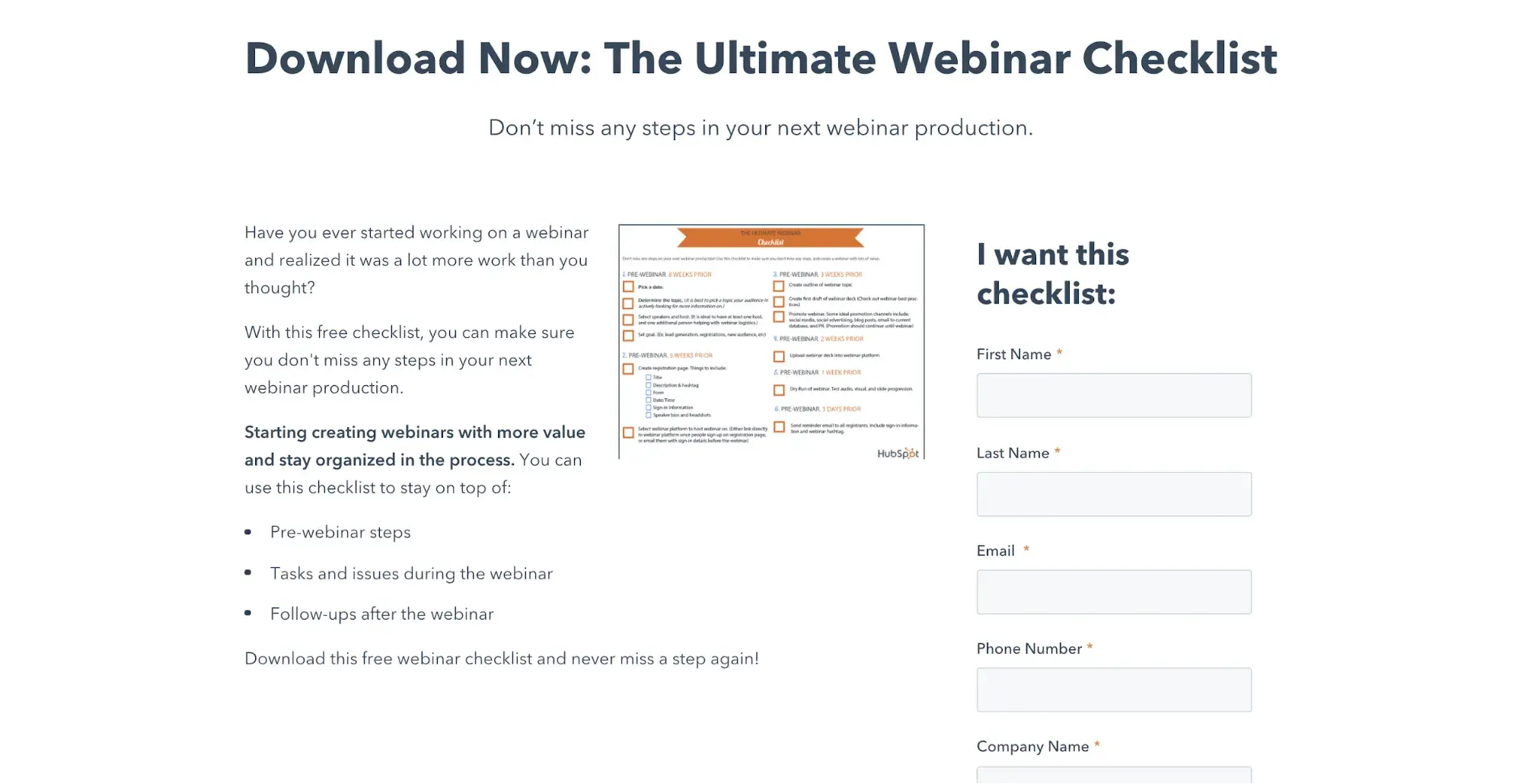
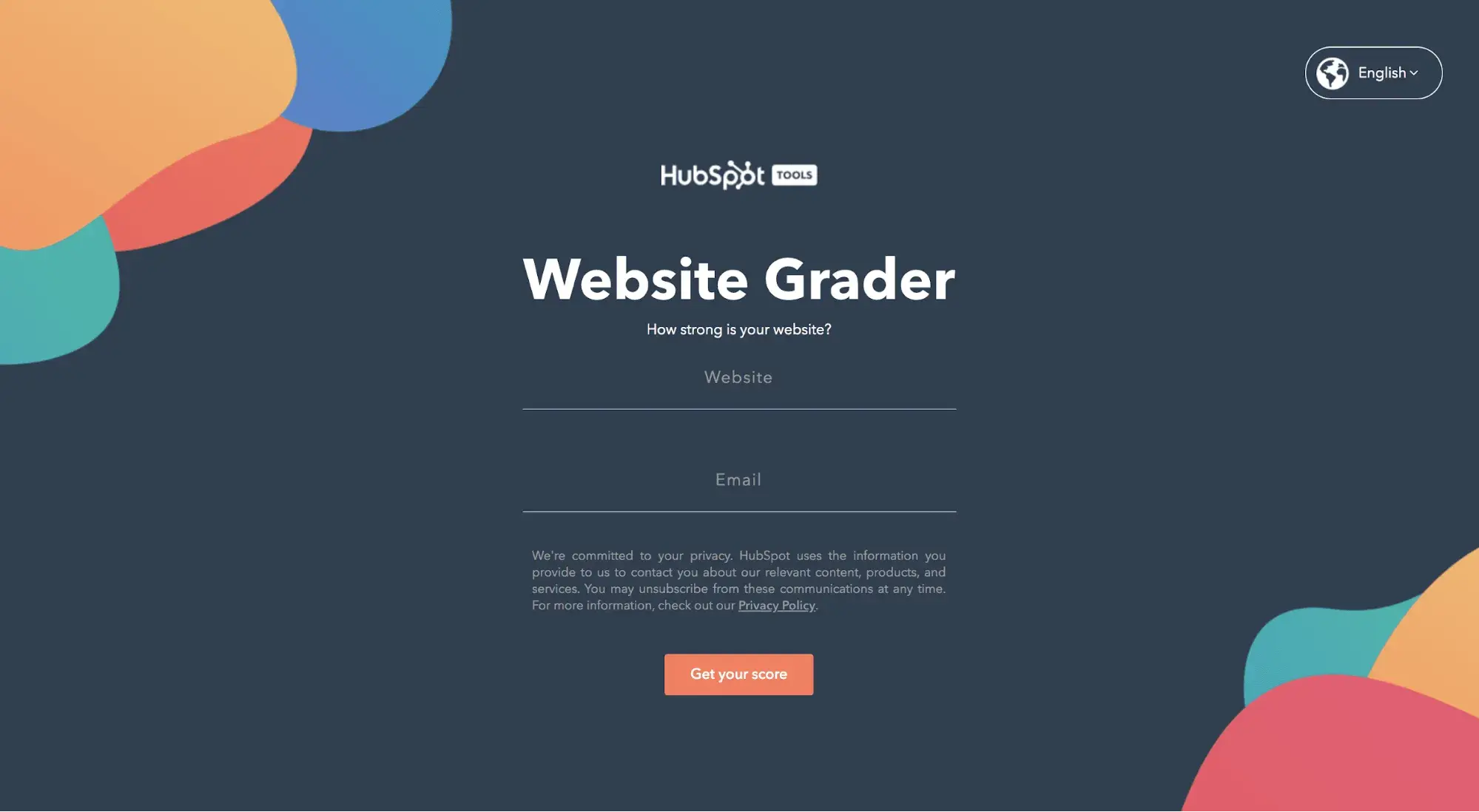
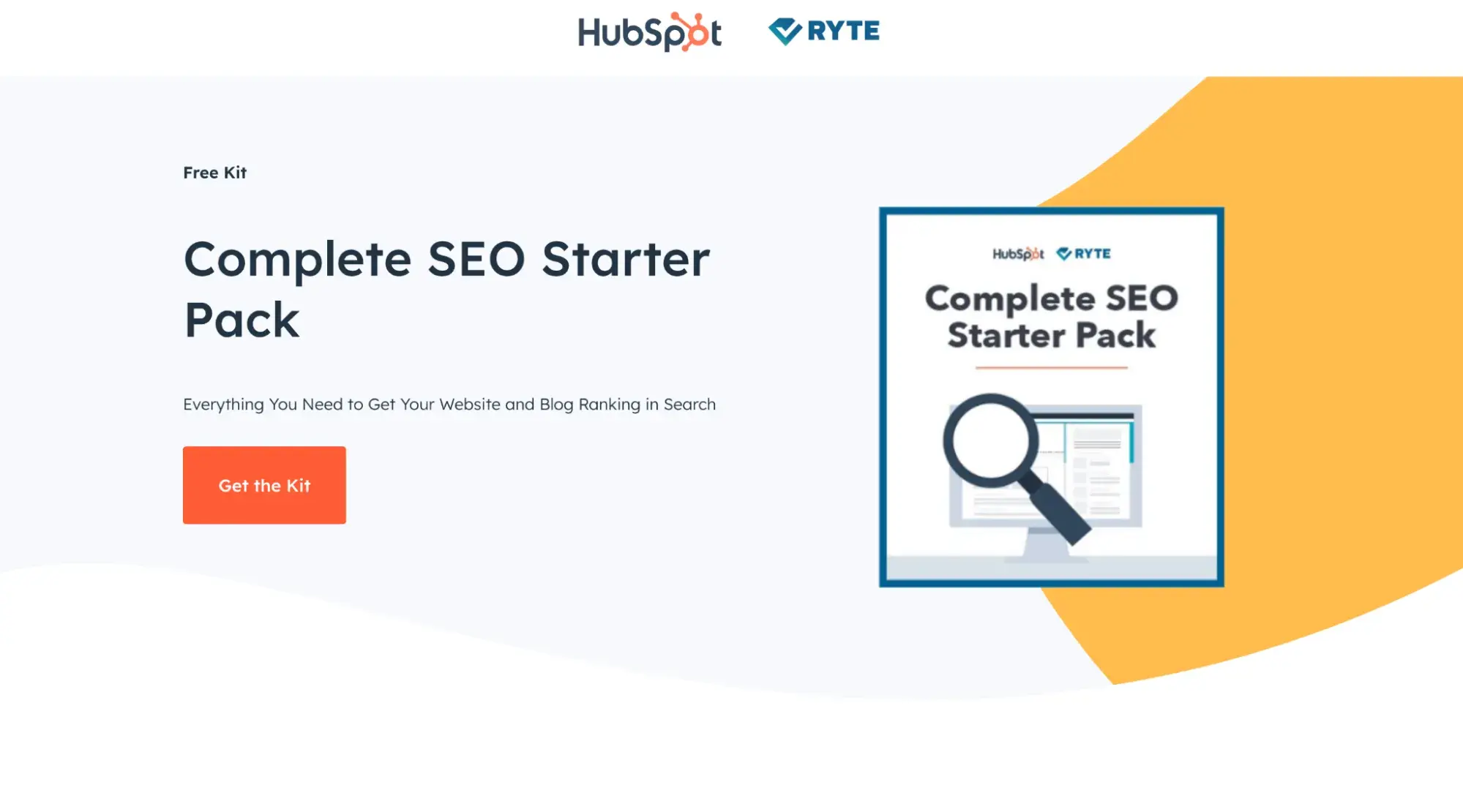
![screenshot of HubSpot’s CRM software landing page]](https://knowledge.hubspot.com/hubfs/lead-generation-ideas-8-20241105-5147099.webp)

